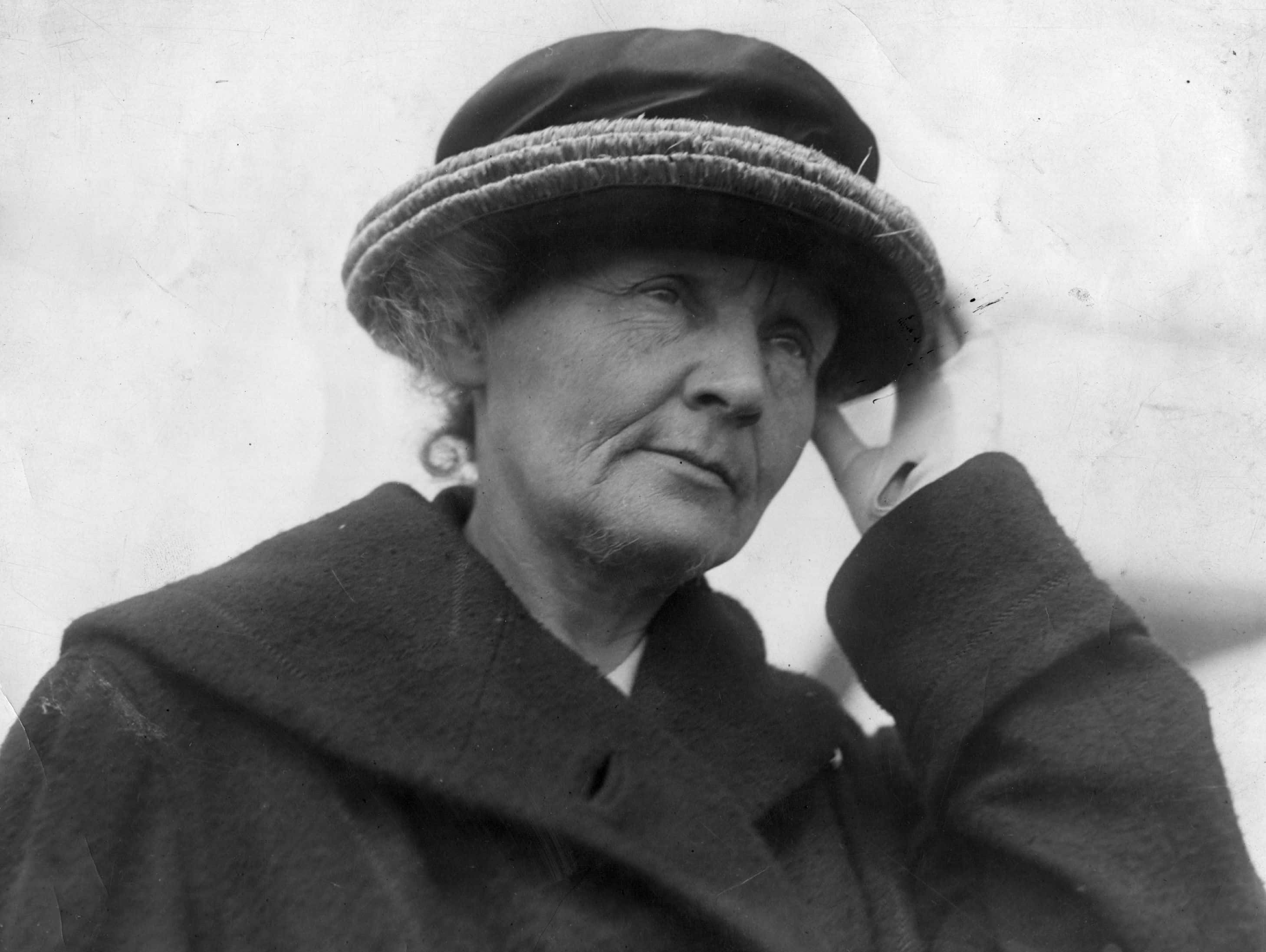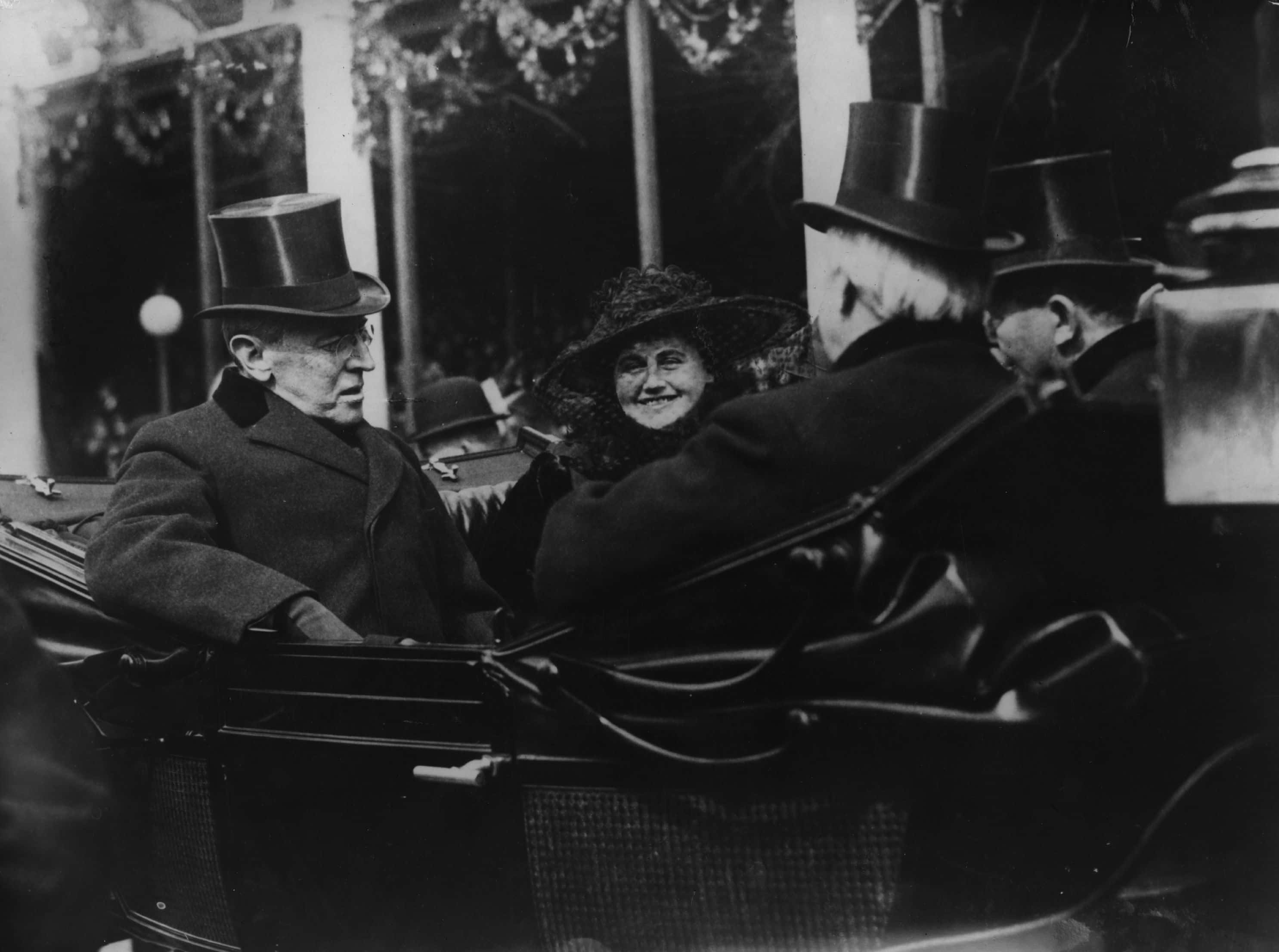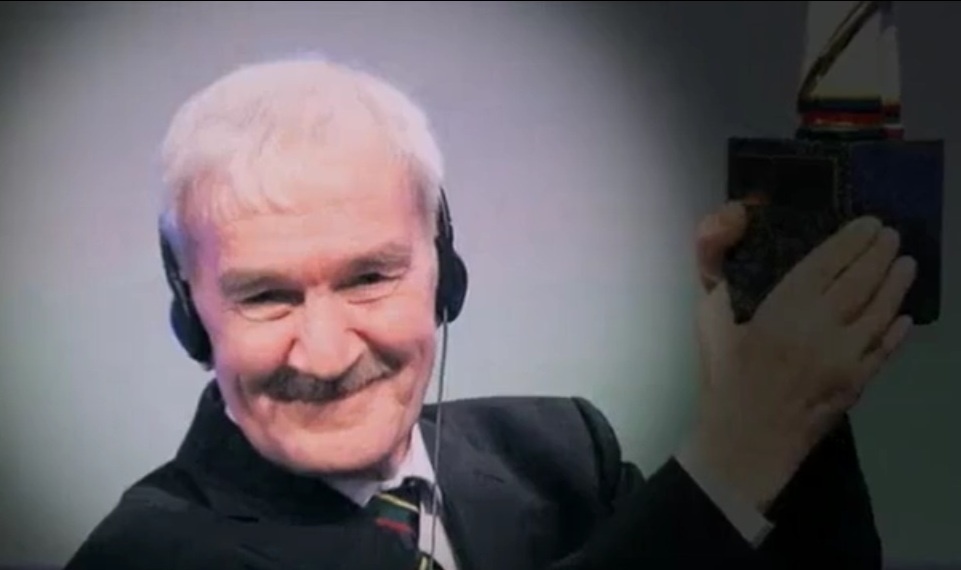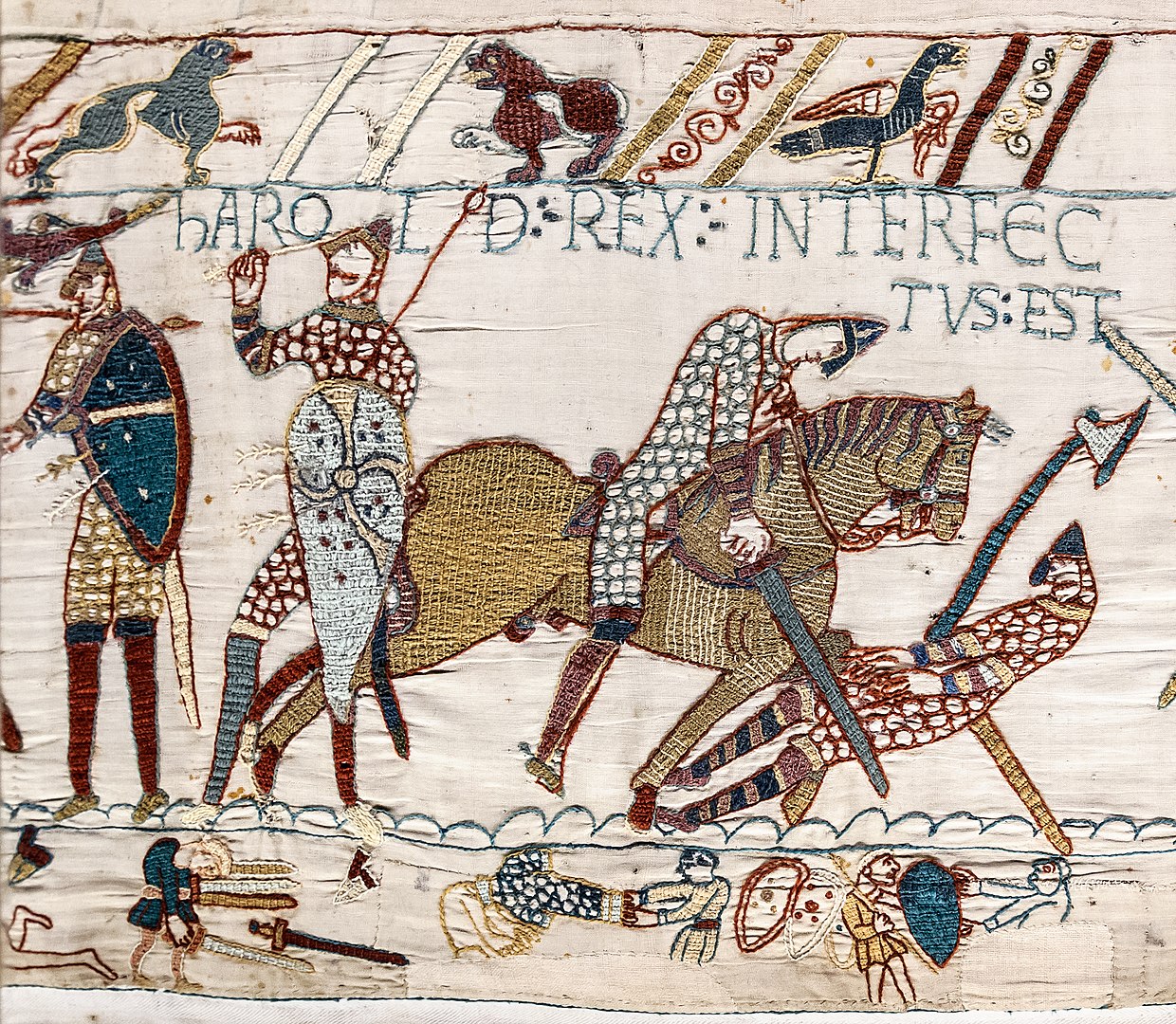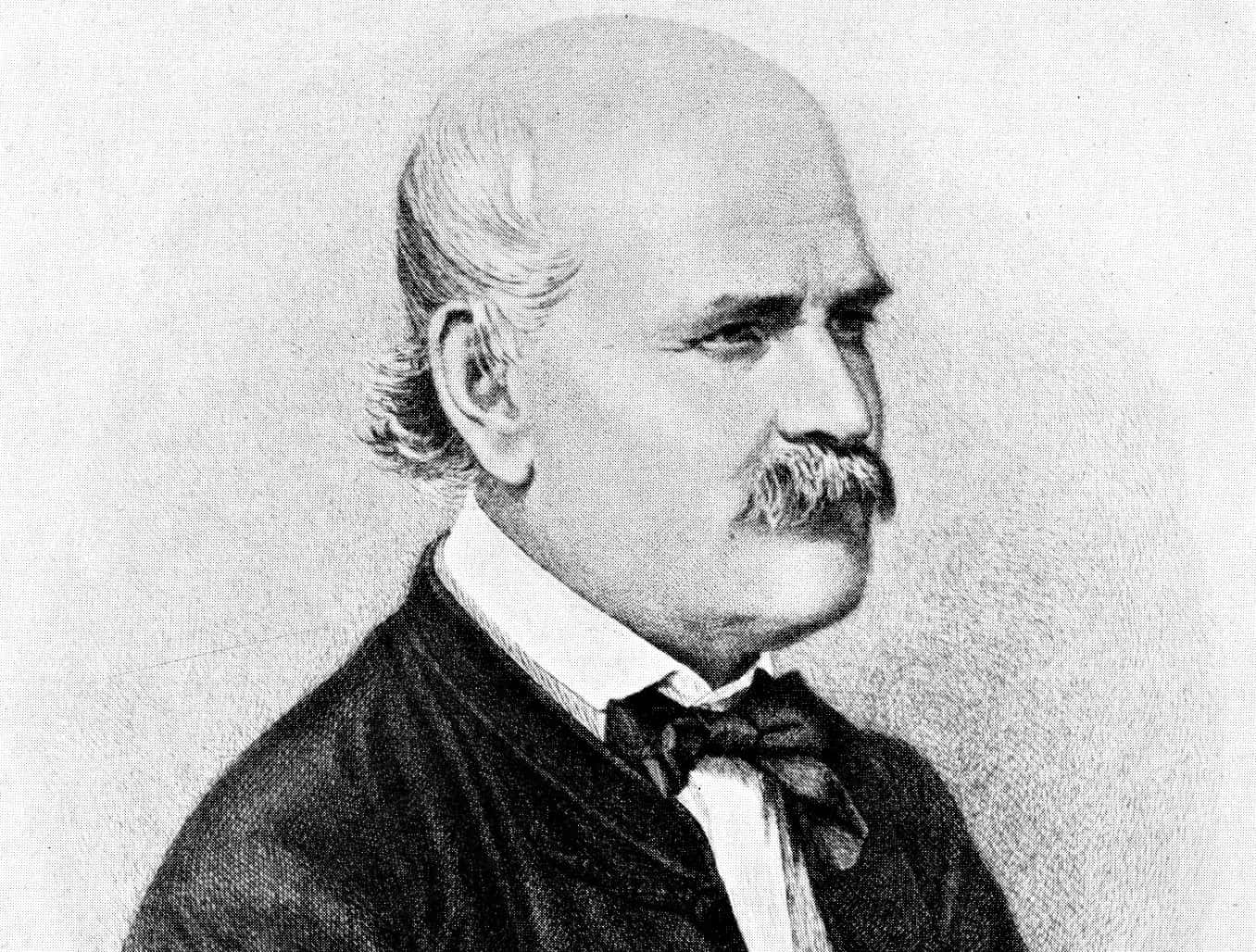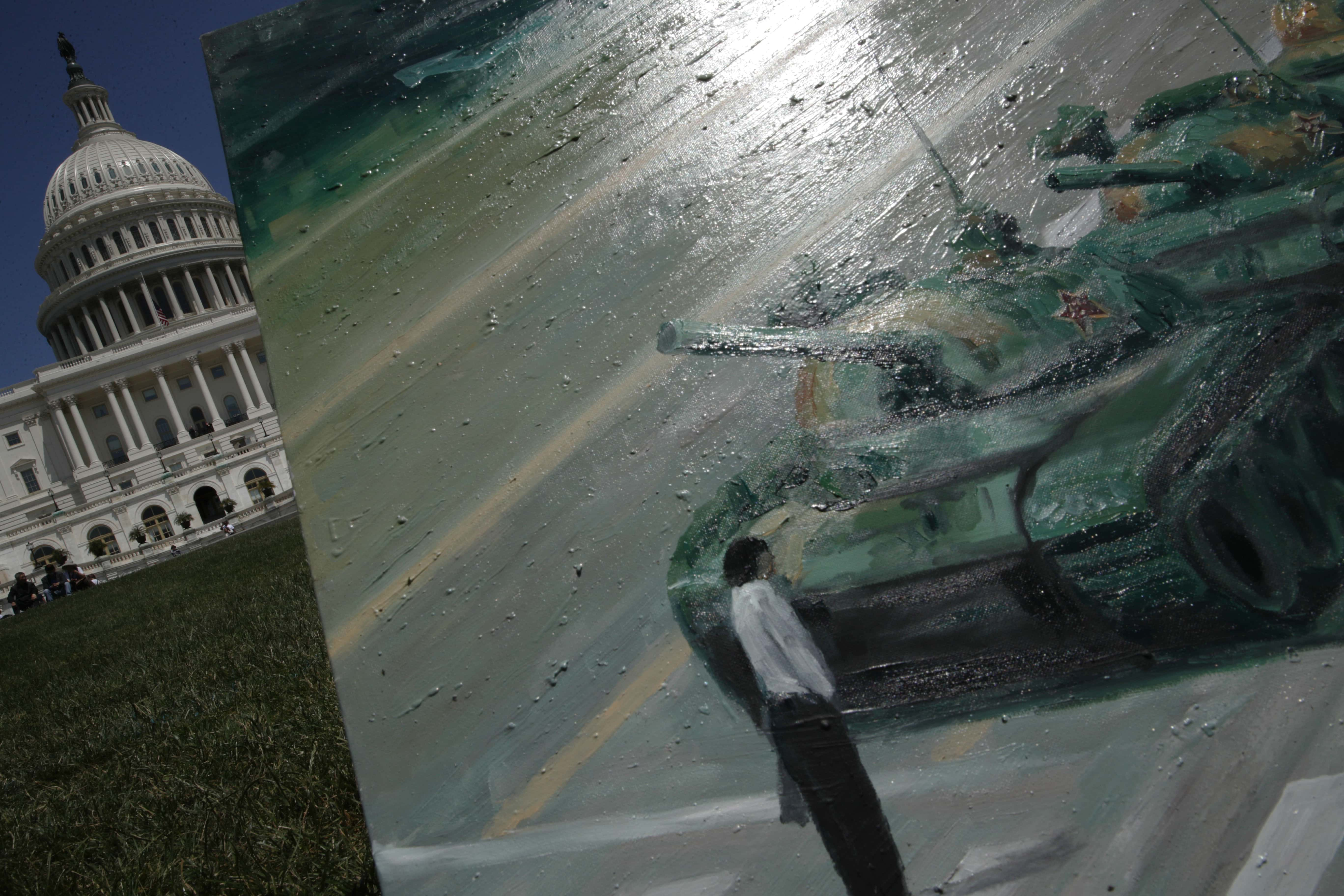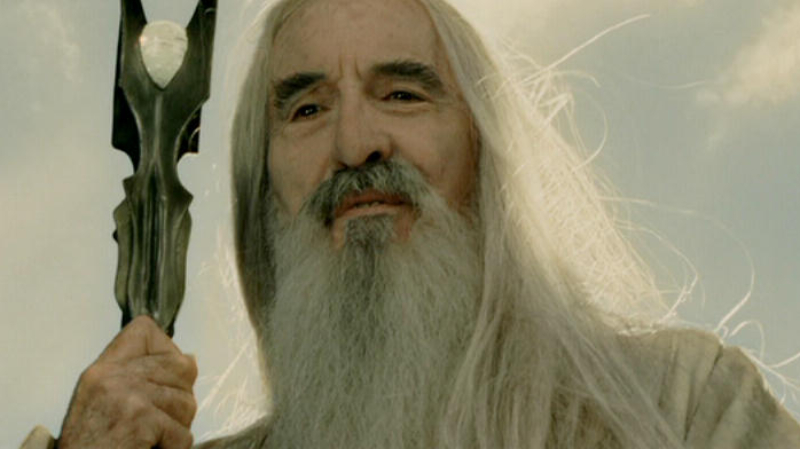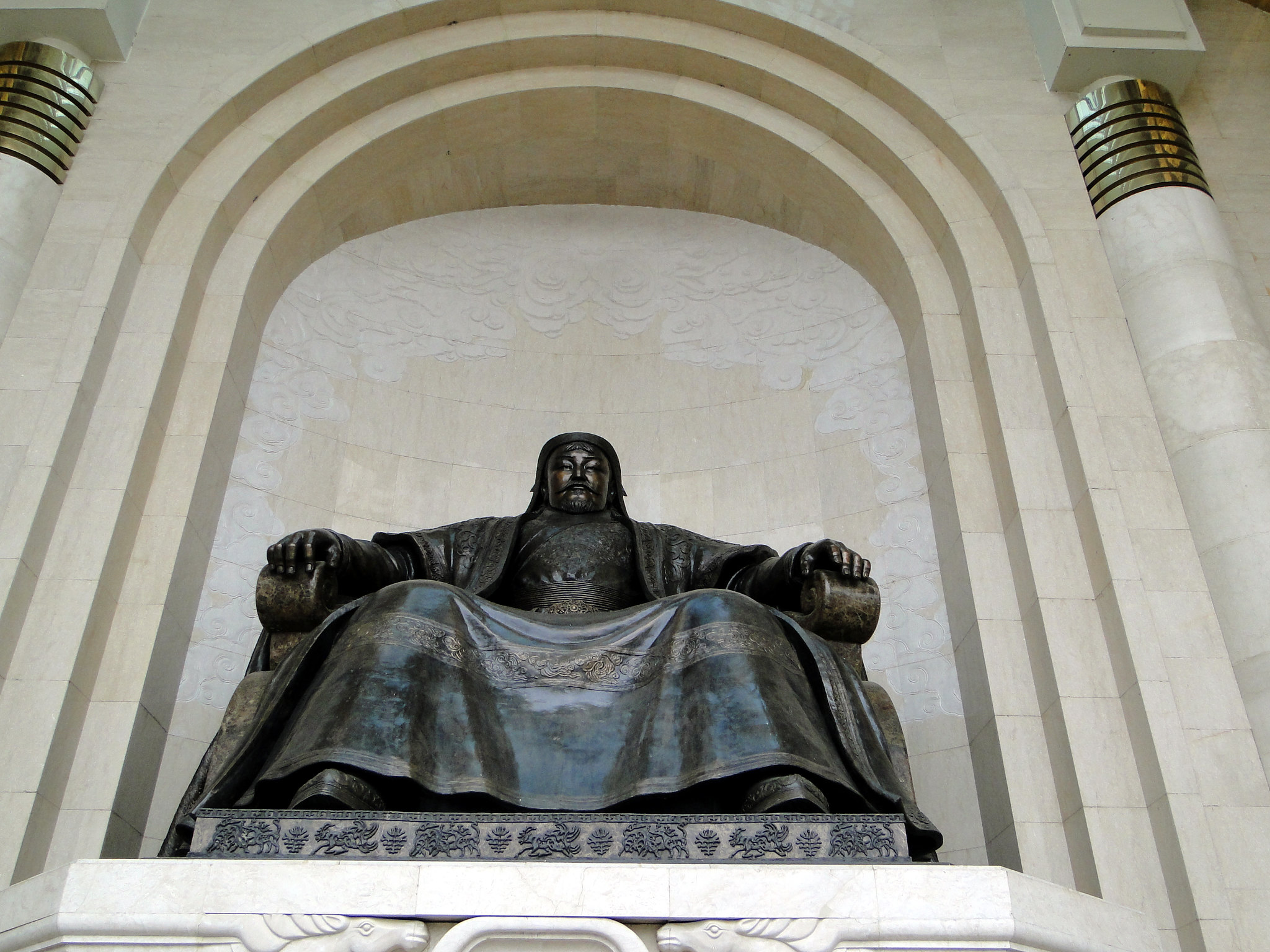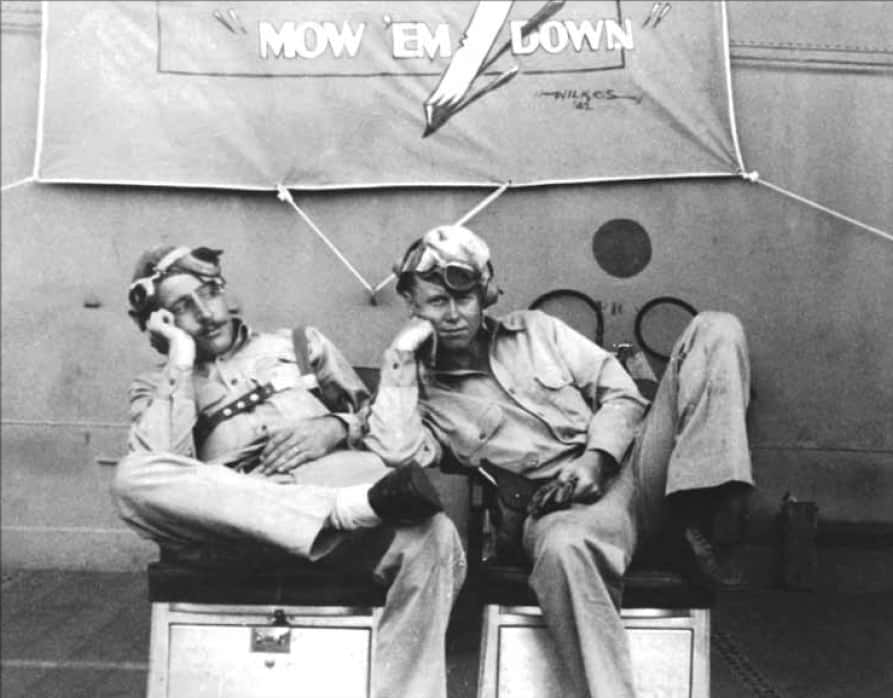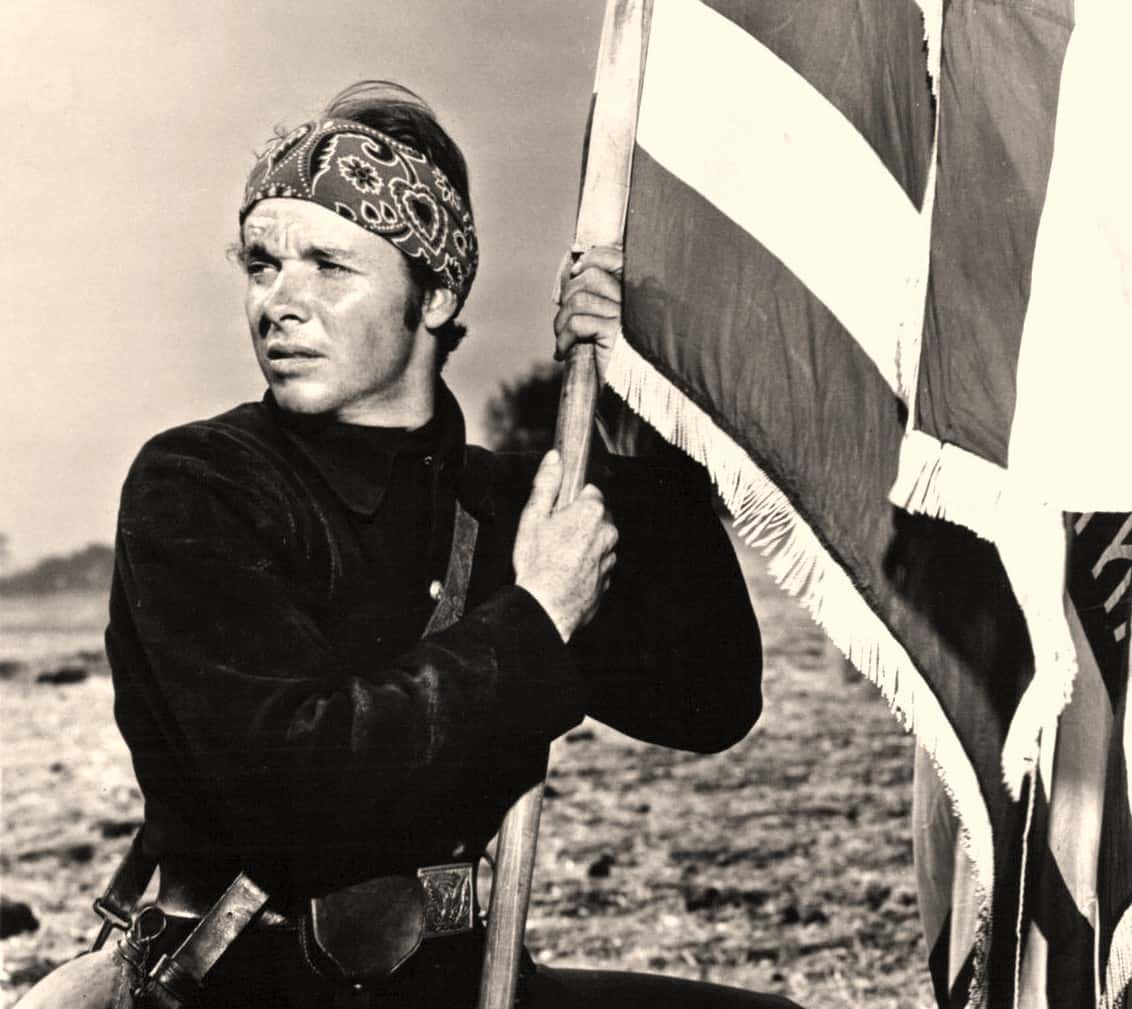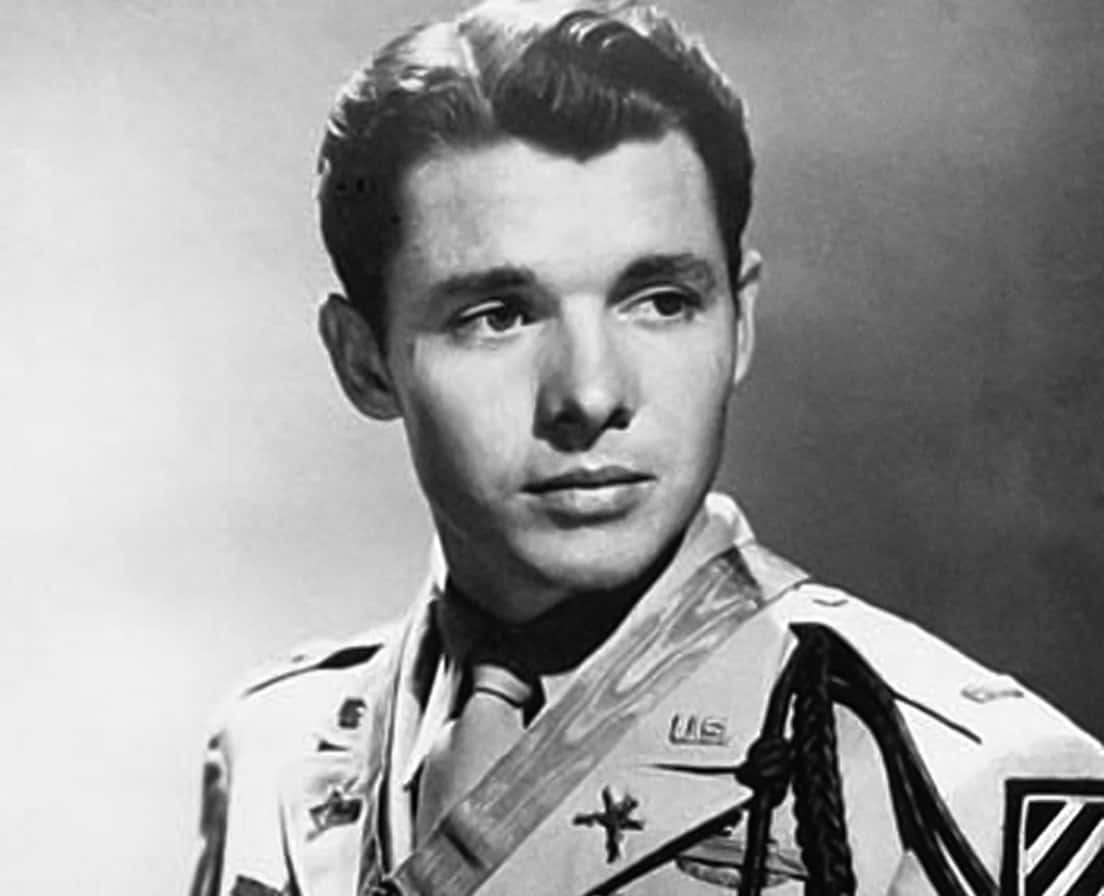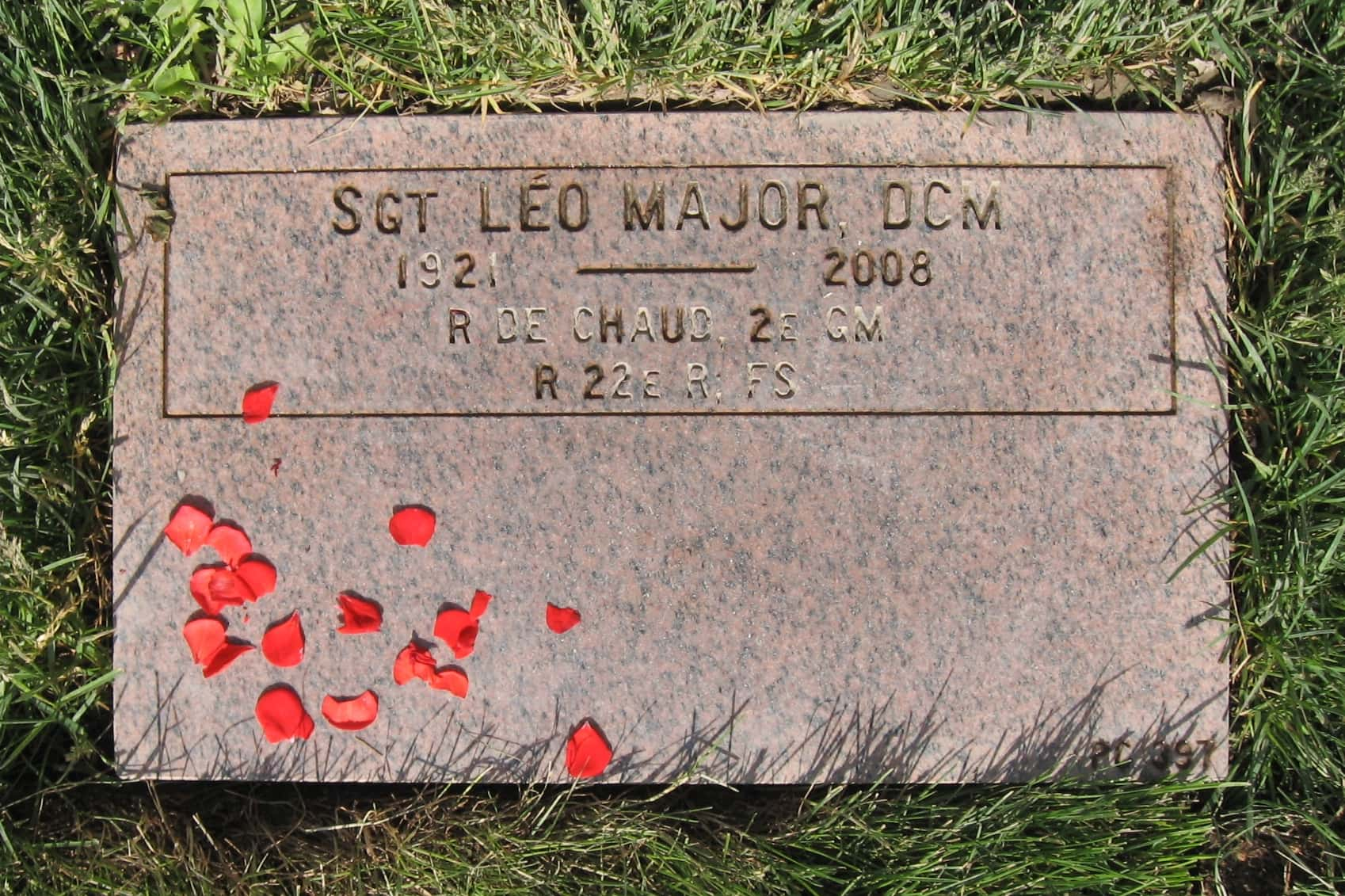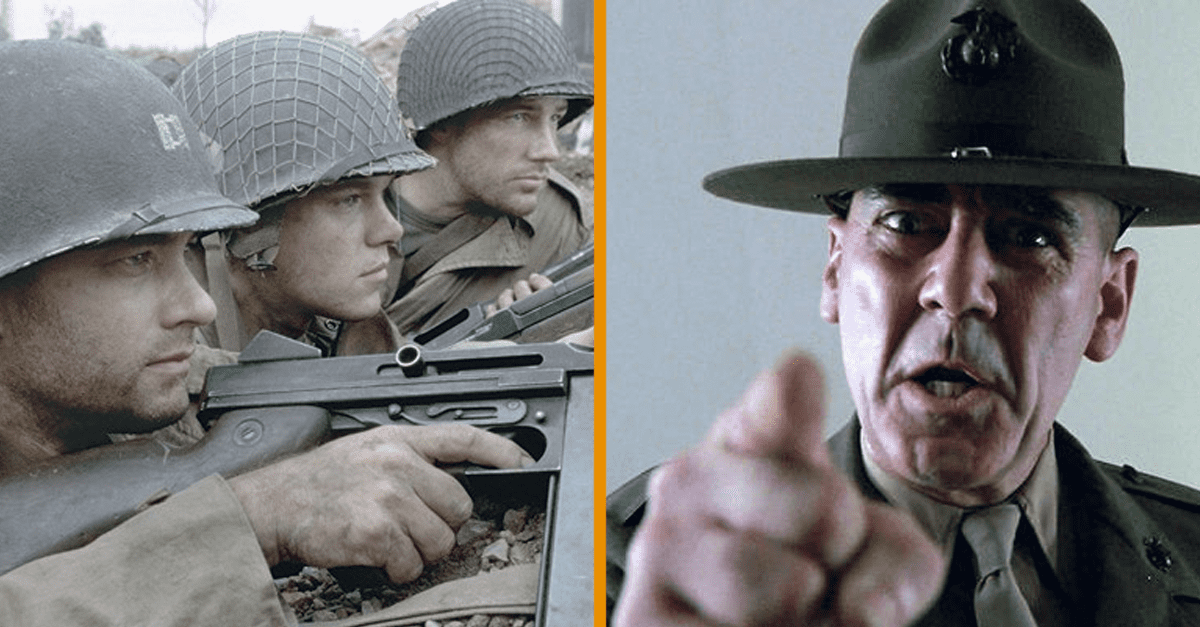Someone once said that you'll never achieve greatness by playing it safe. That certainly holds true for the men and women of this list. Enjoy these awesome facts about some awesome people in history.
Most Incredible People In History Facts
1. First!
The first woman ever to receive a Nobel Prize was Marie Curie, in 1903. Curie was also the first person to receive the award twice and is still the only woman to have accomplished this feat. She is also the only person to receive the Nobel Prize in two different sciences.
What else did Marie Curie do first? Well, she was the first woman Professor at the University of Paris and the first woman to become entombed at the Panthéon in Paris on her own merits. She developed the theory of radioactivity. While coining its name, she discovered both polonium and radium, developed mobile radiography to aide field hospitals to be able to do X-rays during the war, and figured out how to isolate isotopes.
2. Oof
Life is a roller coaster. Though Marie Curie was on the heels of having won her second Nobel Prize in 1911, she was publicly scorned. Europe was developing a fever pitch of xenophobia and sexism during this time, and Curie was subsequently refused admittance into the French Academy of Sciences. She was also wearing a scarlet letter, as she had a brief relationship with one of Pierre’s former students. Due to all of this, the Nobel committee encouraged her not to attend the ceremony.
While Marie Curie was enduring this backlash, a recent acquaintance by the name of Albert Einstein was so outraged by the public scorn that he wrote Curie a personal letter imploring her to maintain her spirits, works, and confidence. This helped her to boost her confidence, and after some time she recovered and showed up in Stockholm to accept her award, despite all of the trolls.
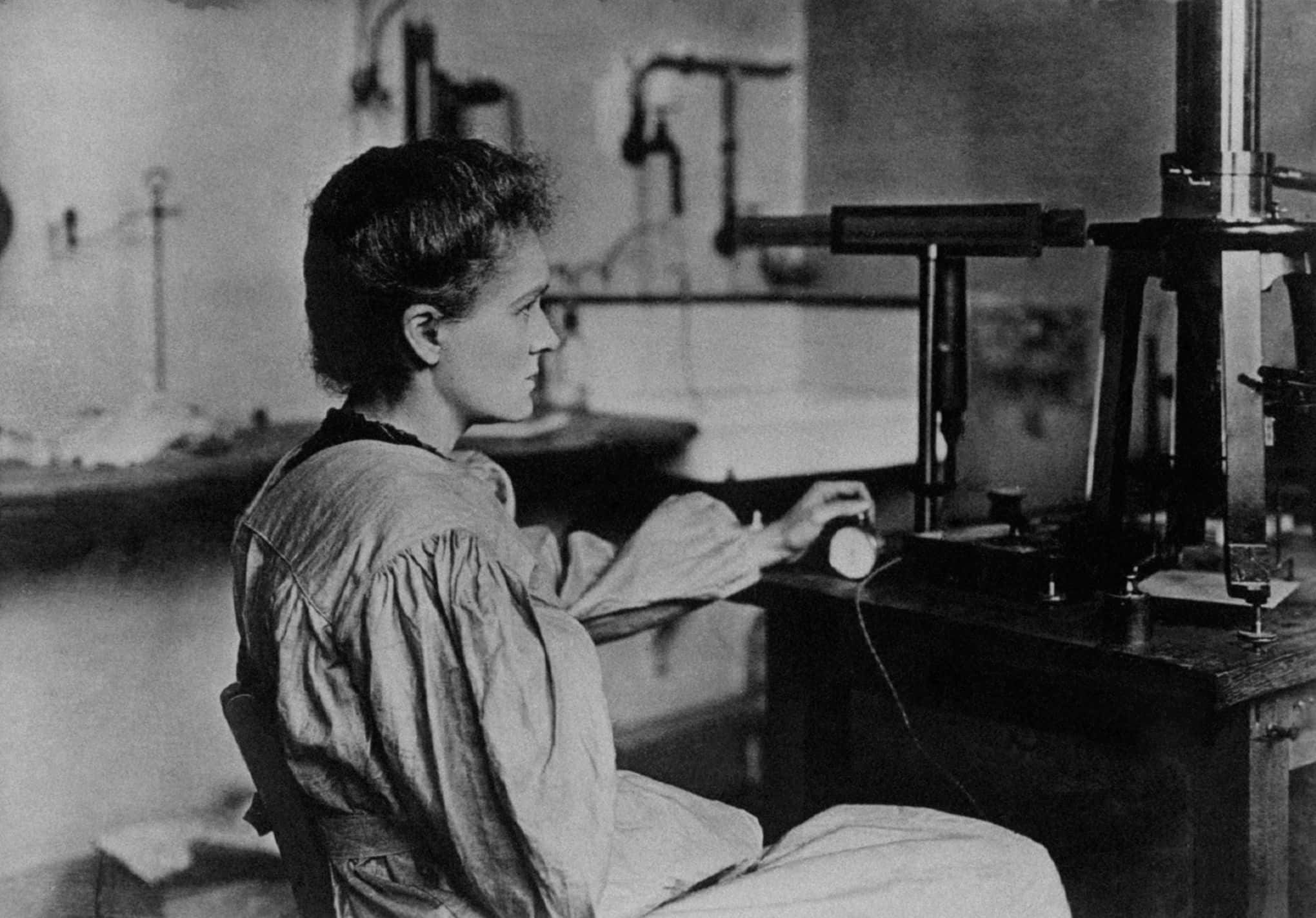 Musée Curie, Wikimedia Commons
Musée Curie, Wikimedia Commons
3. The Proxy President
For the last year and a half of US President Woodrow Wilson’s term, his First Lady Edith Wilson essentially acted as the defacto President.
After suffering a stroke, the President was left bedridden. Edith took charge of all his meetings and controlled what issues were important enough to get his attention. So, unofficially, Edith Wilson was the first female President of the United States.
4. Oh, Whoops
In 1928, Alexander Fleming accidentally left an uncovered petri dish filled with the bacteria staphylococcus out in his lab when he left for a month's vacation. When he returned, he noticed that the bacteria in the dish wasn’t present where the mold was growing—the mold actually killed the bacteria! He had discovered penicillin, the very first antibiotic, which would eventually completely revolutionize the treatment of bacterial infections. Unfortunately, at the time of Fleming's discovery it wasn’t possible to produce the drug in large amounts, so his discovery slipped under the radar. Later, in the 1940s, other scientists would learn how to mass-produce penicillin, and soon managed to create new antibiotics, which have since saved millions of lives worldwide.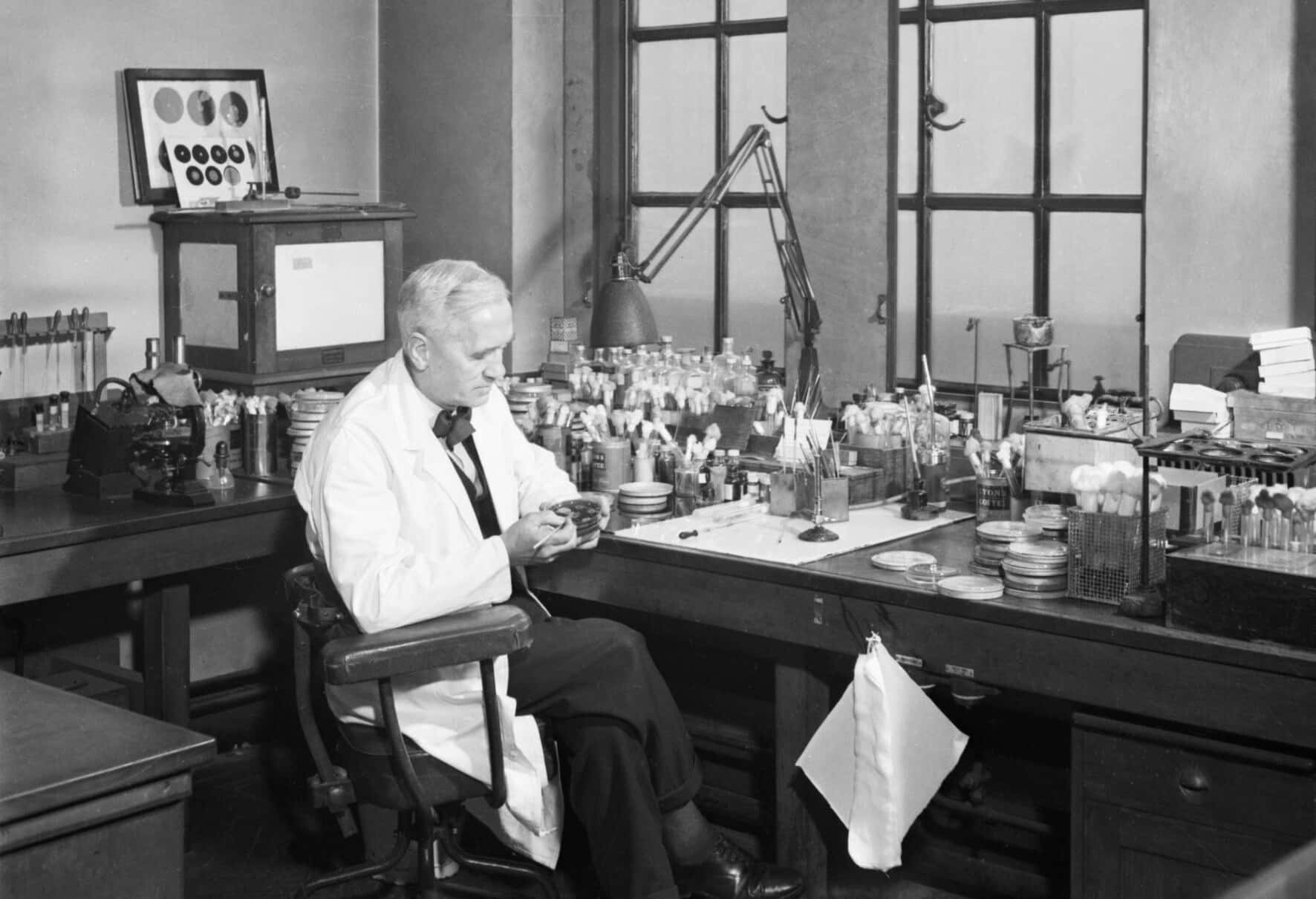 Ministry of Information Photo Division Photographer, Wikimedia Commons
Ministry of Information Photo Division Photographer, Wikimedia Commons
5. Henrietta Lacks
She died of cancer in 1951 and after researchers took samples of her cells they found that they could make the cells “immortal” by reproducing them indefinitely. Ever since then, immortal cell lines have played a critical role in biomedical research and Henrietta’s cells are used in labs all over the world.
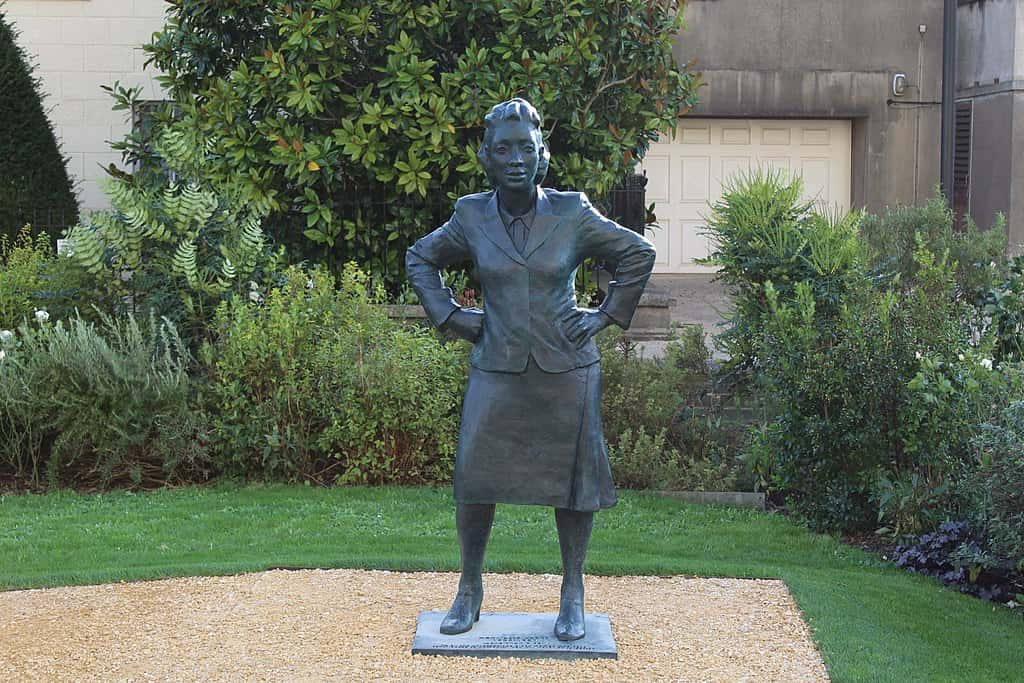 14GTR, CC BY-SA 4.0 , Wikimedia Commons
14GTR, CC BY-SA 4.0 , Wikimedia Commons
6. Lucy in the Sky
The inventor of LSD was unaware of its effects until he unknowingly ingested more than ten times the threshold dose and then rode home on his bicycle. Lysergic acid diethylamide (LSD) was first synthesized in 1938 by Swiss chemist Albert Hofmann. He was studying ergotamine, a substance found in ergot mould which grows on bread when accidentally ingested some LSD and felt strange. A few days later, he decided to see what the effects of the drug really were, so he took what he thought was a small amount, 250 micrograms (it turns out that a threshold dose is actually just 20 micrograms). He was escorted home by his assistant on a bicycle, and while he felt severe fear and anxiety initially, he eventually began to enjoy the hallucinogenic experience. That day, April 19, 1943, is still celebrated today in psychedelic communities as "Bicycle Day."
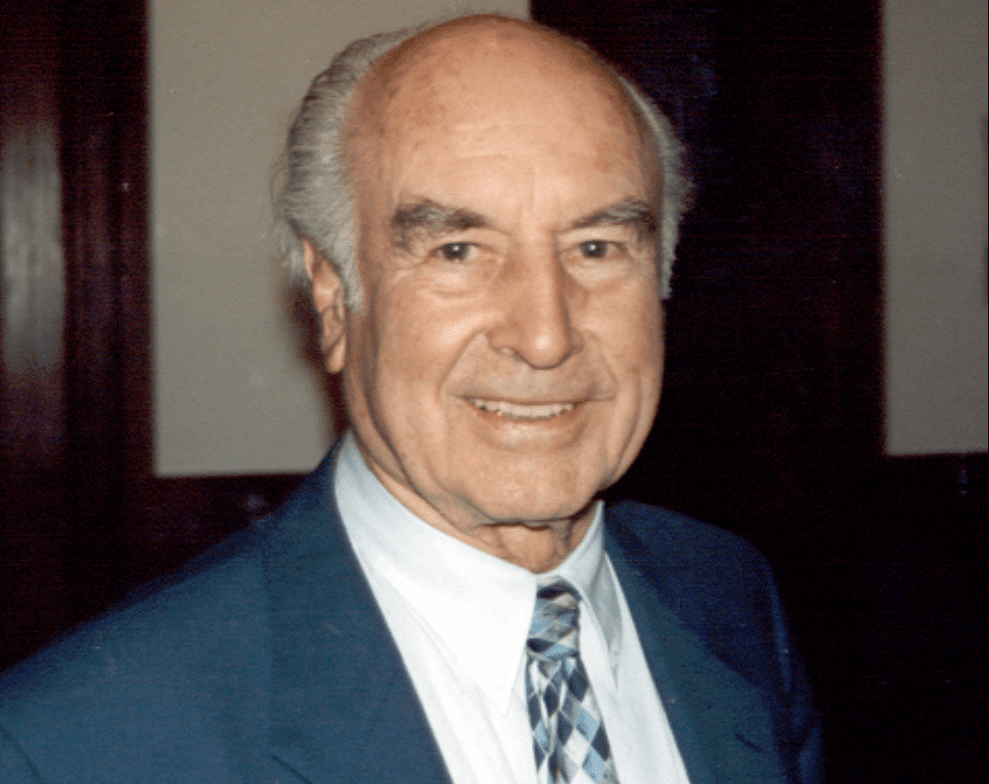 Philip H. Bailey, CC BY-SA 2.5 5, Wikimedia Commons
Philip H. Bailey, CC BY-SA 2.5 5, Wikimedia Commons
7. Will The Real John Snow Please Stand Up
The road to an understanding of how cholera spread came in fits and starts. In 1854, right in the middle of the third cholera pandemic, a physician named John Snow nay-sayed all those miasma truthers and proposed a link between cholera and contaminated drinking water, developing a theory that cholera wasn’t spreading through polluted air, but through waterways. His 1855 review correctly identified a model for the disease and even mapped probable routes for two London epidemics. Nonetheless, it would take a long, slow 30 years for his model to be fully accepted.
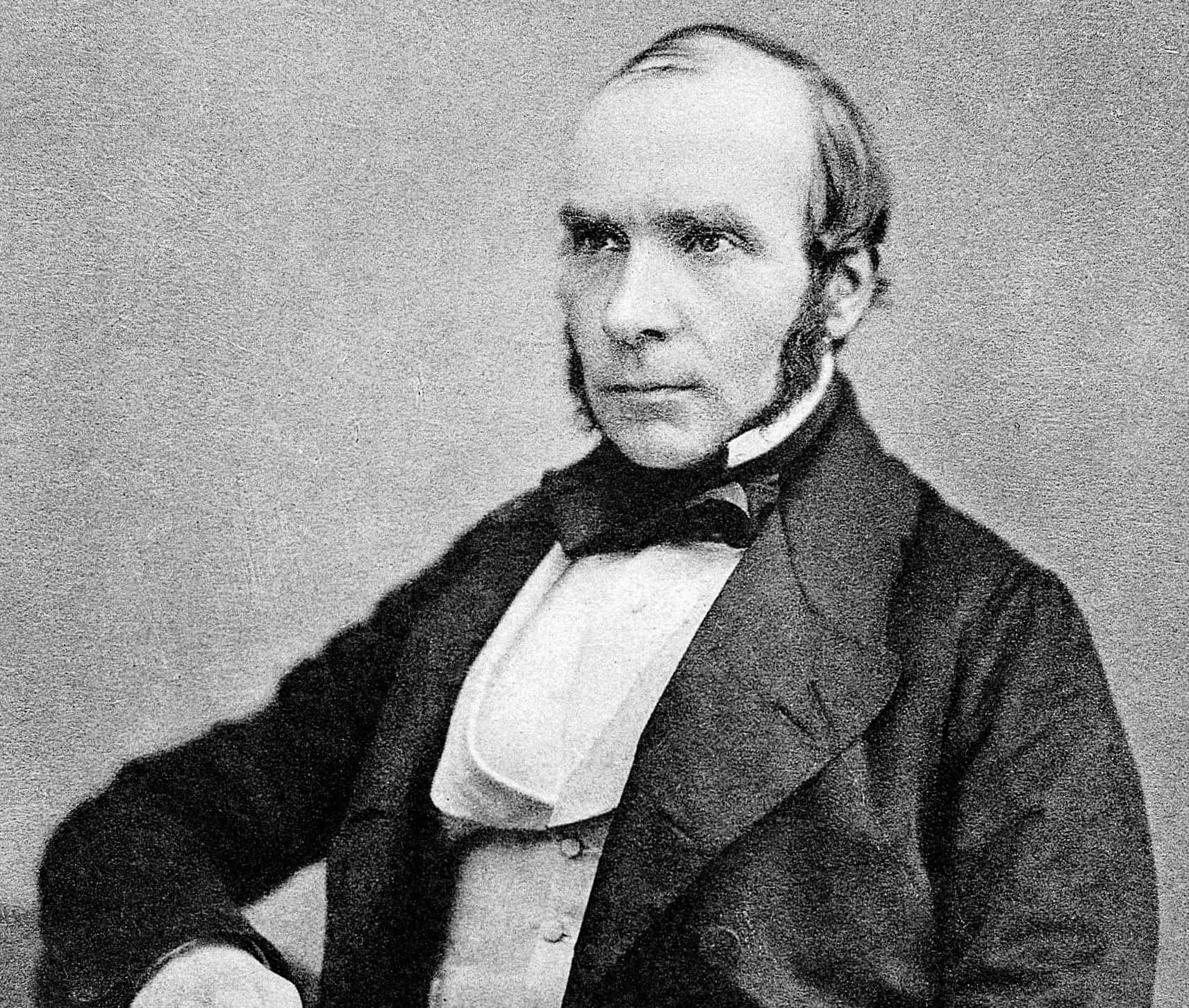 Unknown Author, Wikimedia Commons
Unknown Author, Wikimedia Commons
8. The Oldest Profession
Madame Ching or Ching Shih was a Cantonese prostitute who was captured by pirates after her brothel was raided. In 1801, she married Cheng I, a notorious pirate. The name she is best remembered by simply means "Cheng's widow". When her husband died she ascended to his leadership position and went on to terrorize the China Sea in the early 19th century.
9. Moving Up In The World
The Chinese government sent out an armada to challenge her but she managed to capture many of their ships. At her peak, she personally commanded over 300 ships manned by 20,000 to 40,000 pirates—men, women, and even children. The rest of her fleet, commanded by her subordinates, had more than 1,500 vessels with a crew upwards of 180,000. She entered into conflict with the existing empires of the time, such as the British, the Portuguese and the Qing dynasty. She was one of the few pirate captains in history to retire from piracy after China offered her amnesty. She is considered to be the most successful female pirate and one of the world's most powerful pirates in history. In the third Pirates of the Caribbean film, Ching Shih was portrayed as the powerful pirate Mistress Ching, one of the nine Pirate Lords.
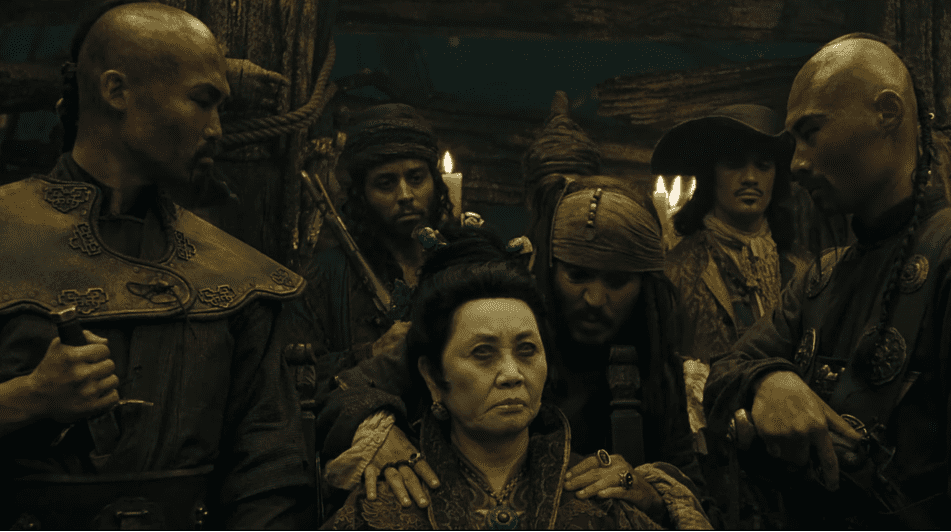 Walt Disney Pictures , Pirates of the Caribbean: At World's End(2007)
Walt Disney Pictures , Pirates of the Caribbean: At World's End(2007)

Sign up to our newsletter.
History’s most fascinating stories and darkest secrets, delivered to your inbox daily. Making distraction rewarding since 2017.
10. Jack Churchill
Jack Churchill was a WW2 Commando who served with distinction in a number of theaters, his exploits earned him the Distinguished Service Order as well as the Military Cross.
He was known as ‘Mad Jack’ by his men and his fellow officers for his ferociousness in combat. Unlike his more conventional peers his weapons of choice were not the traditional British fire arms of the period, instead he chose to rush in to combat with a long bow, a Scottish broadsword and his bag pipes.
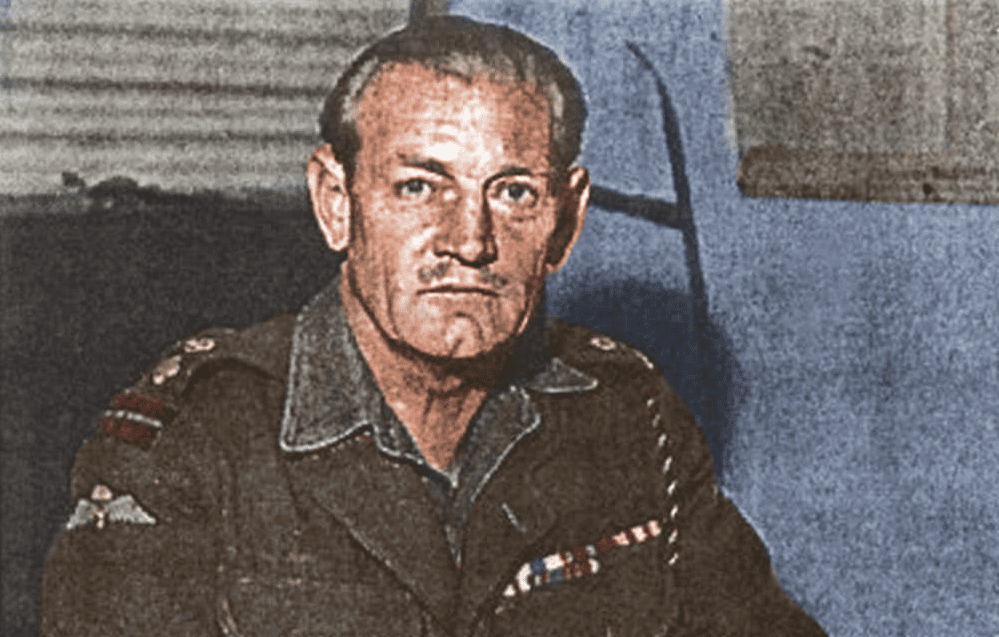 Cassowary Colorizations, Flickr
Cassowary Colorizations, Flickr
11. Mad Jack
In July 1943, as commanding officer, he led the 2 Commando from Sicily with his trademark Scottish broadsword around his waist, a longbow and arrows around his neck, and his bagpipes under his arm. Churchill was ordered to capture a German observation post outside of the town of Molina, controlling a pass leading down to the Salerno beach-head. He infiltrated the town and captured the post, taking 42 prisoners including a mortar squad.
After escorting the wounded and prisoners back to the camp he went back to the observation post to retrieve his sword which he lost in hand to hand combat. As far as he was concerned “Any officer who goes into action without his sword is improperly dressed”
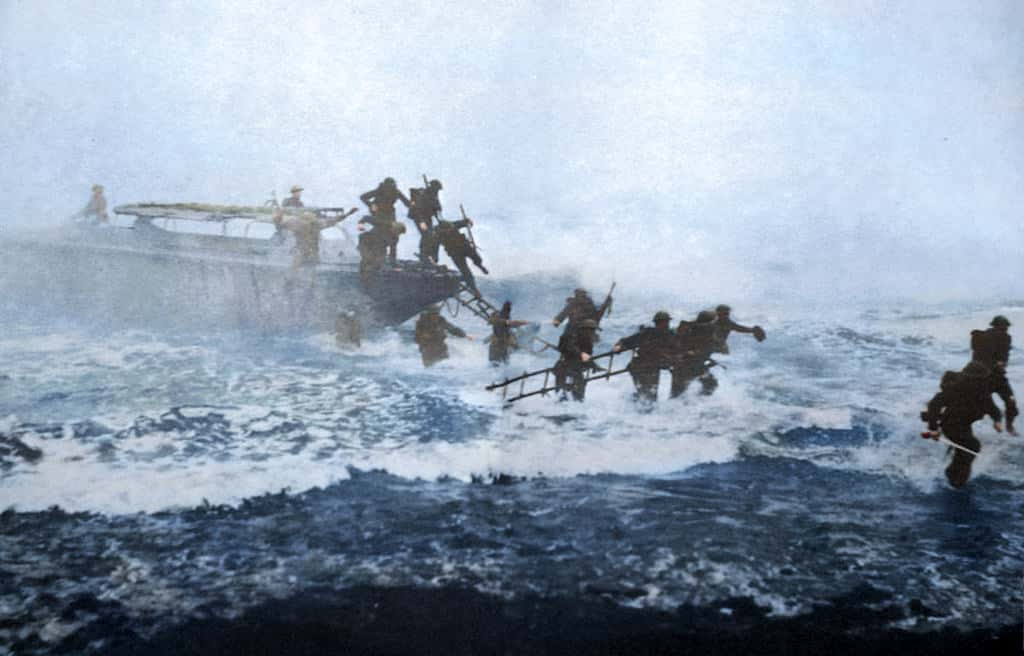 Cassowary Colorizations, Flickr
Cassowary Colorizations, Flickr
12. Stanislav Petrov
Few people in the history of humanity have saved as many lives as Stanislav Petrov.
Stanislav was the lieutenant colonel for Soviet Air Defence Forces on September 26, 1983... the day the Earth almost tasted Armageddon.
That day, Stanislav was the officer responsible for monitoring the Soviet missile early-warning system—the computerized program designed to alert Soviet forces of an incoming attack from the United States.
Shortly after midnight, the system recorded that 7 missiles had been launched from US shores and were due to hit Russian targets imminently. Given the situation, protocol dictated that Petrov should report the apparent attack to his higher-ups, who were ready to launch a nuclear retaliation at a moments notice. This was the Cold War after all.
Luckily for all of us, Stanislav chose to rely on common sense. He figured that if the US was truly attacking, they would be doing so with more than a measly 7 missiles. He chose to regard the warning as a computer error, despite having any way to know, and failed to report the incident to his commanders.
Today, experts regard Petrov's actions as having quite likely deterred all-out nuclear war.
13. King Of The Influencers
The Anglo-Saxons were the first to manage to unite and rule all of England, but after many years of war with Norse and Danish invaders, their reign was finally broken in 1066 when William the Conqueror sailed from Normandy (in Northern France) and invaded England. The Norman dynasty began after the Normans crushed King Harold at the Battle of Hastings, removed the last of the Anglo-Saxon rulers, and crowned the Conqueror himself as William I of England. This began several centuries where the rulers of England spoke french.
14. Just a Little Indigestion
After surviving countless battles and assassination attempts, William the Conqueror died after an accident with his rearing horse that ruptured his intestines. An infection set in and he died several weeks later... but that wasn't even the worst of his fate.
When priests tried to stuff the corpulent king into his coffin for his funeral, they pushed down on his abdomen, causing his intestines to quite literally, explode.
Reportedly, his loyal mourning subjects ran as fast as they could for the nearest exit when they caught a whiff of the putrid odor emanating from their ruler.
Not a great way to go.
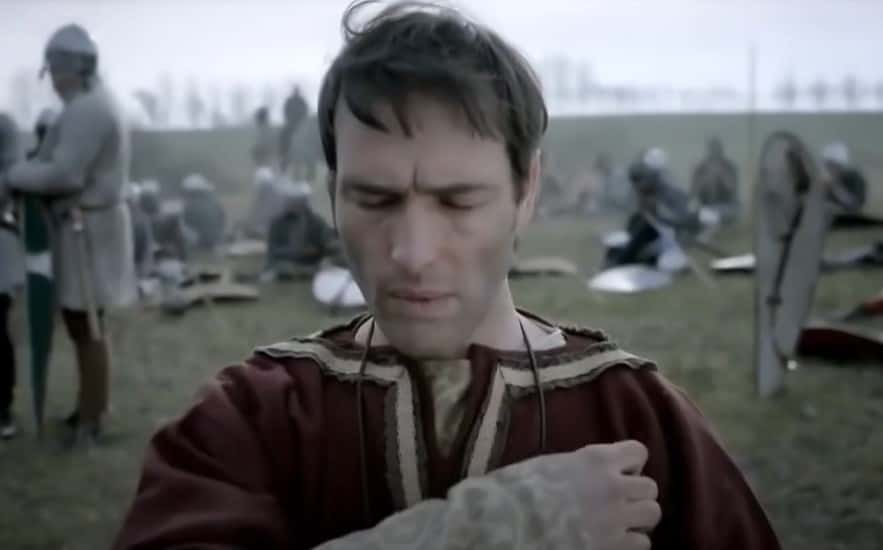 BBC , 1066: A Year to Conquer England (2017)
BBC , 1066: A Year to Conquer England (2017)
15. Khutulun
This Mongolian Princess insisted that any man who wished to marry her must defeat her in wrestling, forfeiting horses to her if they lost. She eventually took a fall to one particularly desirable suitor at the request of her parents.
Khutulun was also would ride into battle alongside her father. Many Mongol women fought alongside the men as they were expert mounted archers. Khutulun was known for charging straight at the enemy and literally plucking one of them and carrying them back as her prisoner. Marco Polo wrote she would "“make a dash at the host of the enemy, and seize some man thereout, as deftly as a hawk pounces on a bird, and carry him to her father; and this she did many a time”.
She was recently depicted in Netflix's Marco Polo.
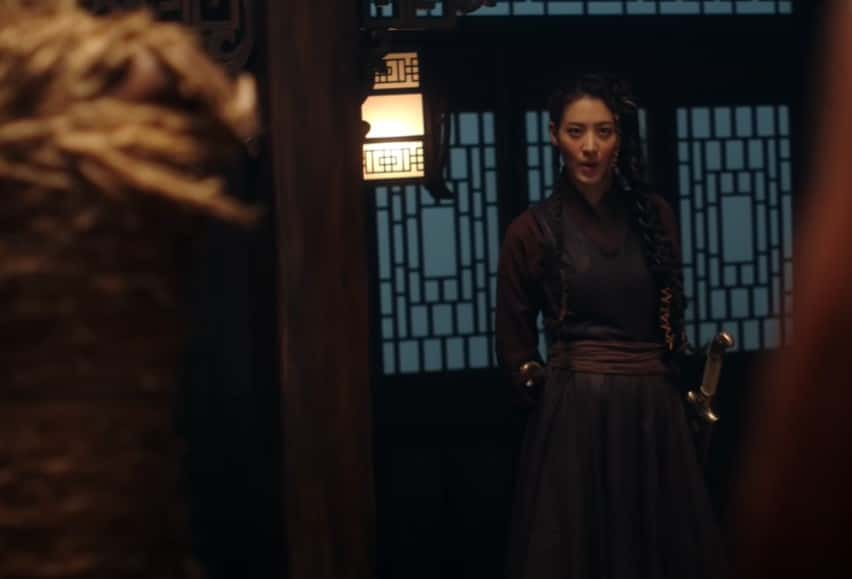 Netflix , Marco Polo (2014–2016)
Netflix , Marco Polo (2014–2016)
16. Roy P. Benavidez
On May 2, 1968, a 12-man Special Forces patrol was surrounded by an NVA infantry battalion of about 1,000 men. Roy Benavidez heard the radio appeal for help and boarded a helicopter to respond. Armed only with a knife, he jumped from the helicopter carrying his medical bag and ran to help the trapped patrol. At one point in the battle, an NVA soldier accosted him and stabbed him with his bayonet. Benavidez pulled it out, killed the NVA, and kept going. After the battle, he was evacuated to the base camp, examined, and thought to be dead. As he was placed in a body bag among the other dead in body bags, he was suddenly recognized by a friend who called for help. A doctor came and examined him but believed Benavidez was dead. The doctor was about to zip up the body bag when Benavidez managed to spit in the doctor's face, alerting the doctor that he was alive.
 Unknown author, Wikimedia Commons
Unknown author, Wikimedia Commons
17. Medal Of Honor
Sergeant Benavidez was awarded the Medal of Honor for his actions.
“Sergeant Benavidez’ gallant choice to join voluntarily his comrades who were in critical straits, to expose himself constantly to withering enemy fire, and his refusal to be stopped despite numerous severe wounds, saved the lives of at least eight men. His fearless personal leadership, tenacious devotion to duty, and extremely valorous actions in the face of overwhelming odds were in keeping with the highest traditions of the military service, and reflect the utmost credit on him and the United States Army.” – Medal of Honor citation
 National Archives at College Park, Wikimedia Commons
National Archives at College Park, Wikimedia Commons
18. Don’t Miss This Miss
Without Admiral Grace Murray Hopper, your computer would probably have no idea what you’re saying. In the 1950s, this Ivy League-graduate computer programmer invented the systems that would translate English into computer code. Thanks to Hopper a generation of programmers would have an easier, and more accurate, way to code. For her lifetime of service, the US government named a warship after her.
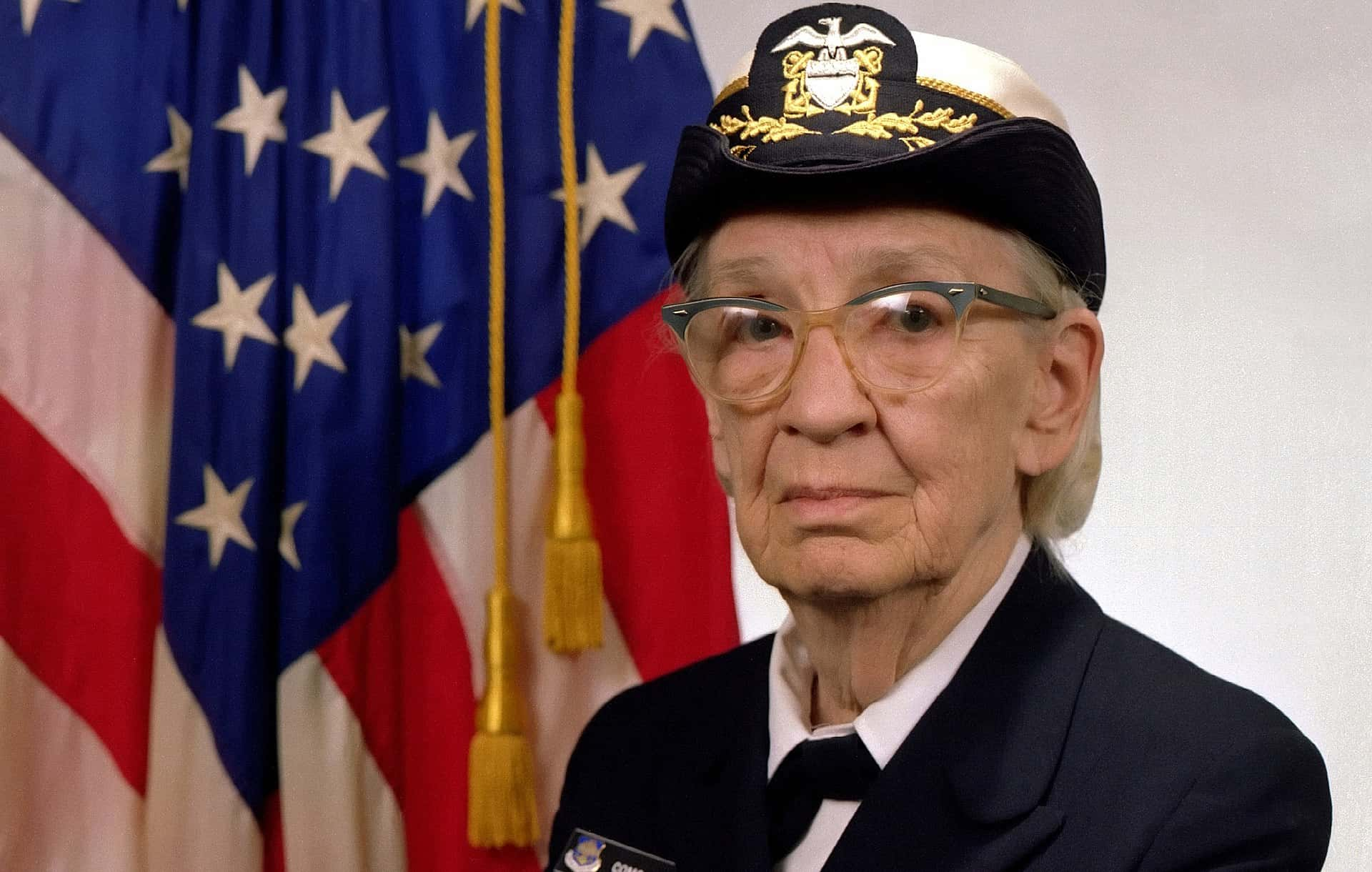 James S. Davis, Wikimedia Commons
James S. Davis, Wikimedia Commons
19. Ignaz Semmelweis
Ignaz Semmelweis wasn't just a man with an incredible name—he also saved lives.
Semmelweis was a Hungarian physician who was obsessed with answering a single question: why were so many mothers dying after they had given birth?
Ignaz worked at a free childcare clinic in Vienna, and while there he made an interesting (and terrifying) observation: it seemed that those women who gave birth inside the clinic were more likely to contract a fever than those women who gave birth outside. It seemed to make no sense. This was a big budget, high-tech (for the time) operation. What was going wrong?
Well, after months of research, Semmelweis uncovered the problem. It turned out, doctors at his clinic weren't washing their hands. They were moving directly from treating the dead and dying, to treating mothers who were giving birth!
It took a while for Semmelweis to convince the medical establishment of the dangers of not washing hands, but he eventually got his point across. Today he's remembered as "the savior of mothers."
20. Simo Häyhä
Known as 'The White Death' Simo Häyhä fought during the Winter War (1939–1940) between Finland and the Soviet Union. Häyhä served as a sniper for the Finnish Army. He earned his nickname, The White Death, for the all white camouflage he would wear. In his career he earned 505 confirmed kills but it is estimated his actual kill count was closer to 800. The Soviet army tried many times to take him out using counter-snipers and artillery strikes. On 6 March 1940, Häyhä was hit by an explosive bullet in his lower left jaw, blowing off his lower left cheek. He was picked up by fellow soldiers who said "half his face was missing".
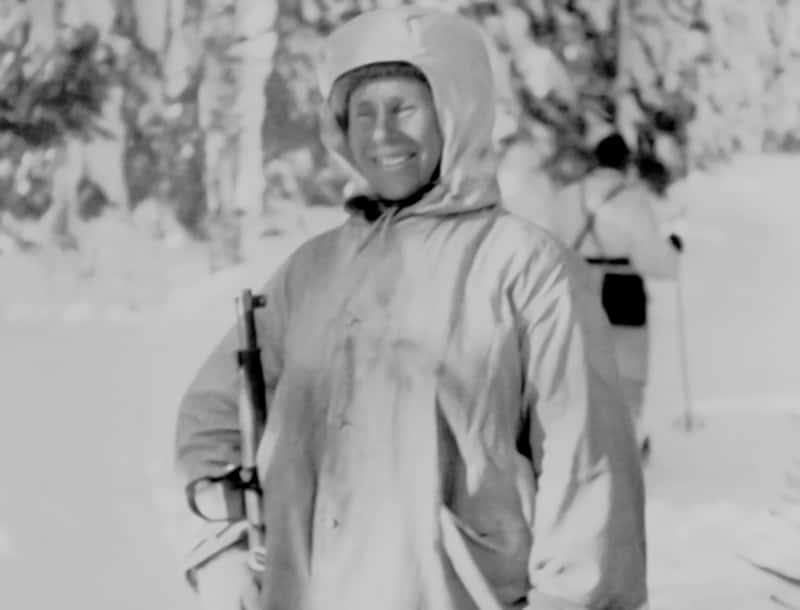 Finnish Military Archives, Wikimedia Commons
Finnish Military Archives, Wikimedia Commons
21. “Tank Man”
Tank Man is the nickname of an unidentified man who stood in front of a column of tanks on June 5, 1989, the morning after the Chinese military had suppressed the Tiananmen Square protests of 1989 by force. As the lead tank maneuvered to pass by the man, he repeatedly shifted his position in order to obstruct the tank's attempted path around him. The incident was filmed and seen worldwide.
22. What Happened Next?
Neither the fate of Tank Man nor the tank crew that he blocked is known to this day. It is also said that there were other protesters that opposed the tanks day... But nobody knows what happened to them either.
23. Sir Christopher Lee
Lee volunteered for the RAF in WWII and became a Flying Officer. His time as a pilot was short lived as he was soon diagnosed with a failure of his optic nerve and was grounded. He was transferred to RAF intelligence, the position he would remain in for the rest of the war.
He fought in North Africa where he contracted Malaria 6 times in one year, being treated quickly each time. Once in Europe, he spent most of his time with the Gurkhas of the 8th Indian Infantry Division during the Battle of Monte Cassino. During the final assault on Monte Cassino, Lee was nearly killed when a plane crashed on takeoff and he tripped over one of its live bombs.
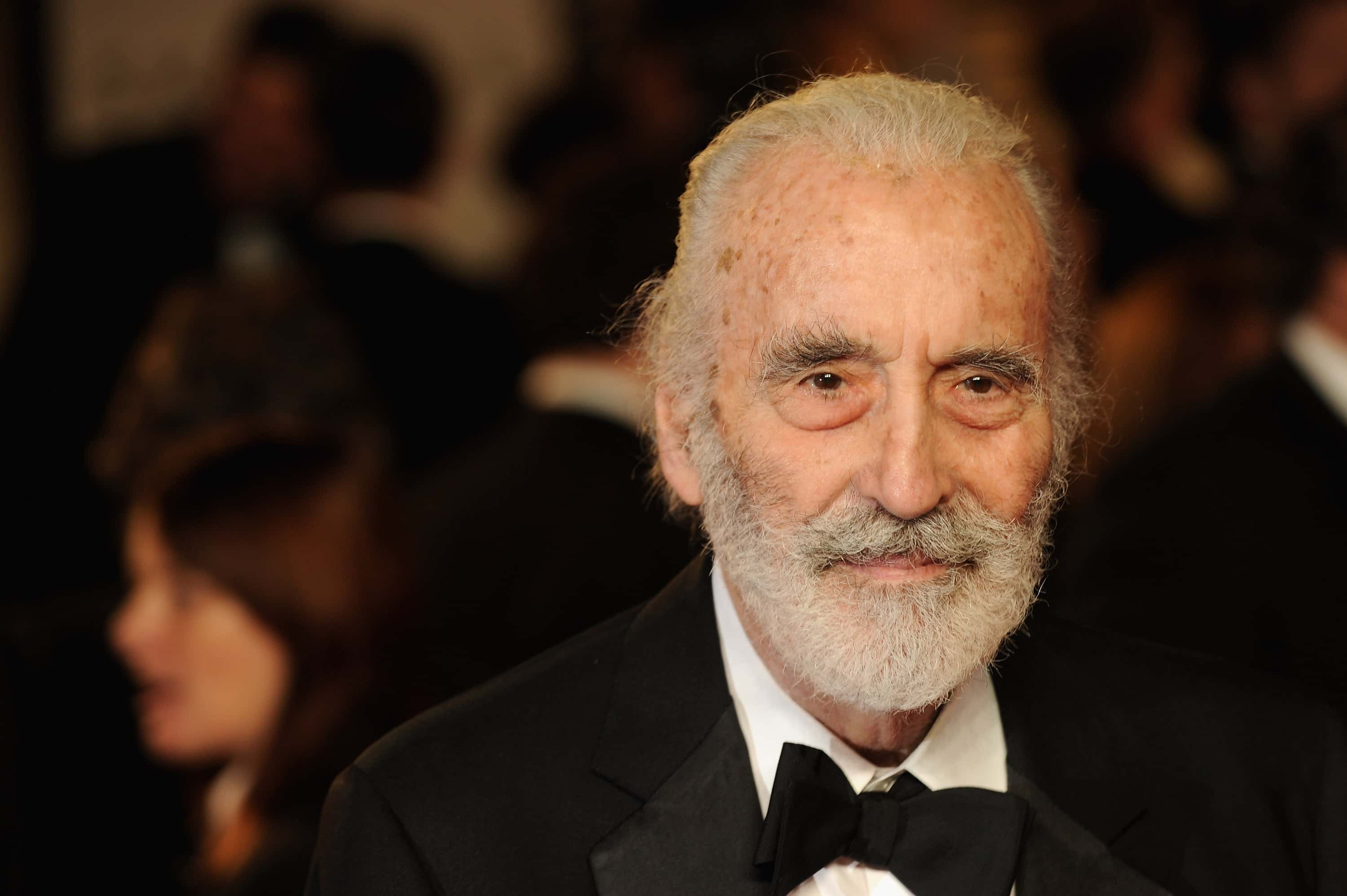 Eamonn M. McCormack, Getty Images
Eamonn M. McCormack, Getty Images
24. From Strength To Strength
After the war, Lee began his career as an actor. His played Count Dracula in a string of popular Hammer Horror films; a James Bond villain in The Man with the Golden Gun; Lord Summerisle in The Wicker Man; Saruman in The Lord of the Rings films and The Hobbit films; and Count Dooku in the final two films of the Star Wars prequel trilogy. The character of James Bond is supposed to be part based on him (Ian Fleming was his cousin.)
Lee released a Heavy metal album at the age of 88; has won awards for his metal music; the single he released in his 90th birthday made him the genre’s oldest performer; he had a song in the Billboard Hot 100 in December 2013 making him — at 91 — the living oldest performer to ever chart.
Oh yeah, he was knighted in 2009 making him Sir Christopher Lee. He is perhaps the world's most interesting man.
25. Subutai
Subutai was Ghengis Khan’s primary military strategist. He directed more than twenty campaigns in which he conquered thirty-two nations and won sixty-five battles, during which he conquered or overran more territory than any other commander in history. He was known for perfectly coordinating the movements of armies that were hundreds of kilometers apart. He tore through Eastern Europe like tearing toilet paper, with only a scouting force.
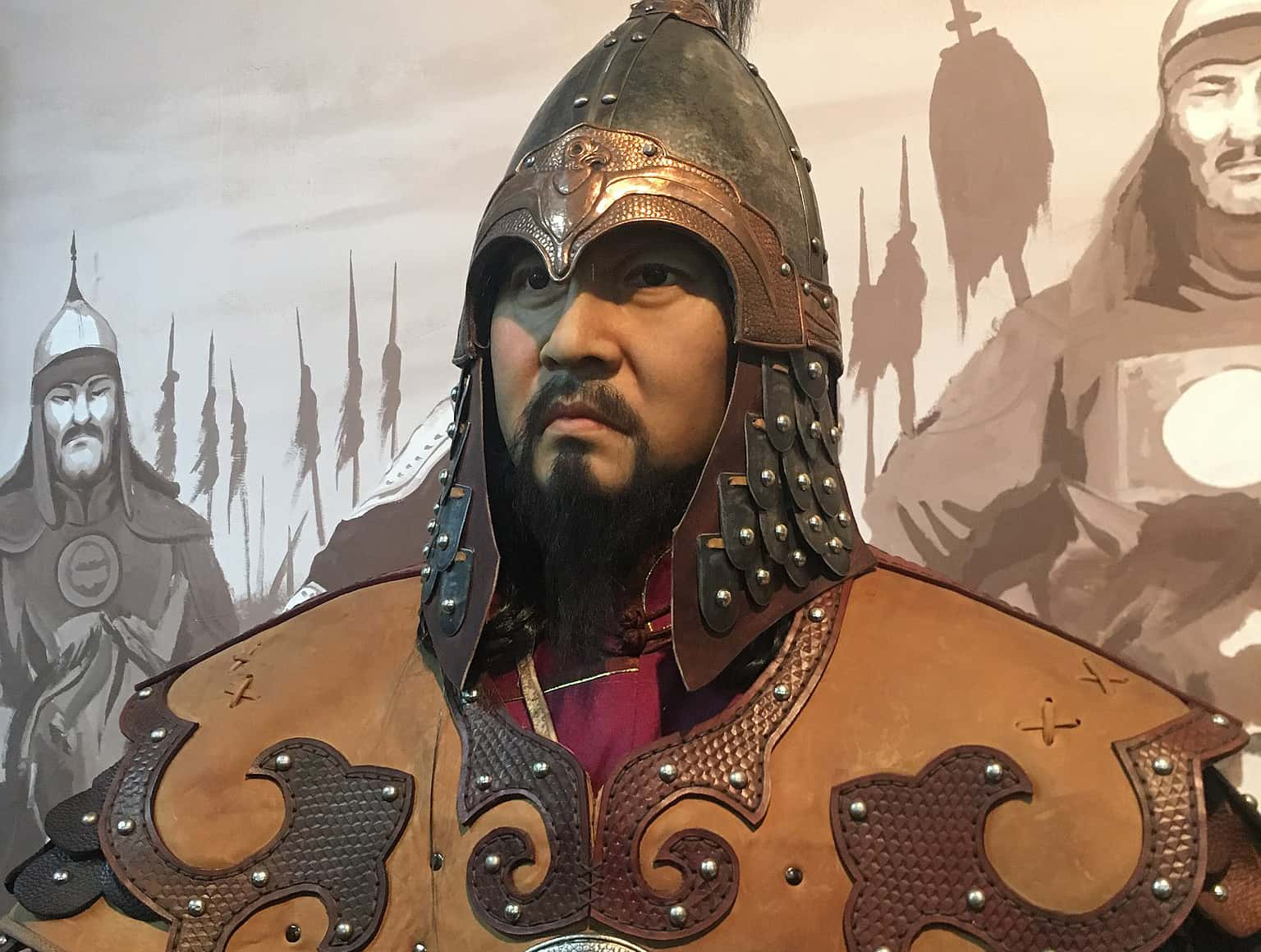 Karak-Kyzyl, CC BY-SA 4.0, Wikimedia Commons
Karak-Kyzyl, CC BY-SA 4.0, Wikimedia Commons
26. Genghis Khan
Gengis Khan was the founder and Great Khan (Emperor) of the Mongol Empire, which became the largest contiguous empire in history after his death. He came to power by uniting many of the nomadic tribes of Northeast Asia. After founding the Empire and being proclaimed "Genghis Khan", he started the Mongol invasions that conquered most of Eurasia.
Want an example of the kind of man he was?
Genghis was once shot in the neck during a battle. When the enemy army was defeated, he asked which of the enemy soldiers had shot "his horse." The archer responsible stepped forward, and even corrected the Khan by saying, excuse me, he shot him in the neck. The man did not beg for mercy, and acknowledged that it was the Khan's choice to kill him. But he also swore that if the Khan spared his life, he would become his loyal soldier. Valuing the archer's courage and skill, Genghis recruited him, and the man went on to be a great general under Khan.
 CTB Film Company, Mongol: The Rise of Genghis Khan (2007)
CTB Film Company, Mongol: The Rise of Genghis Khan (2007)
27. World's Most Prolific Dad
It is believed that 0.5% (or 1 in 200) of the world's population are distant descendants of Genghis.
Meanwhile, nearly 8% of Asian men are thought to be descended from Genghis as well. That's nearly 350 million men with one common ancestor.
28. Anne Boleyn
According to some, Anne Boleyn manipulated Henry VIII
She turned him away from his beloved religion, had him kill supporters who objected (Cardinal Wolsey), and convinced him to break with the church to marry her. She’s usually seen as conniving, a witch and evil...
But the truth is, Anne was a rarity in the medieval world: in a male-dominated hierarchy, she cut out her own path and became the Queen of England. After failing to produce a male heir for the king, she was accused of adultery, incest, and high treason and beheaded, but today's historians consider those charges to be incredibly dubious. The more likely scenario? Anne was framed, by Henry and his supporters, and ultimately paid the price for her true crime: fighting the established social order.
 English school, Wikimedia Commons
English school, Wikimedia Commons
29. For Witchcraft and Treason…
When Anne Boleyn was brought to the scaffold to die, she begged leave to address the crown and was granted the right to do so. Despite the limited evidence against her, she said, “Good Christian people, I am come hither to die, for according to the law, and by the law, I am judged to die, and therefore I will speak nothing against it. I am come hither to accuse no man, nor to speak anything of that, whereof I am accused and condemned to die, but I pray God save the king and send him long to reign over you, for a gentler nor a more merciful prince was there never: and to me he was ever a good, a gentle and sovereign lord. And if any person will meddle of my cause, I require them to judge the best. And thus I take my leave of the world and of you all, and I heartily desire you all to pray for me. O Lord have mercy on me, to God I commend my soul.”
As she awaited the executioner’s blade, kneeling on the block, she repeated the phrase, “To Jesus Christ I commend my soul; Lord Jesu receive my soul.”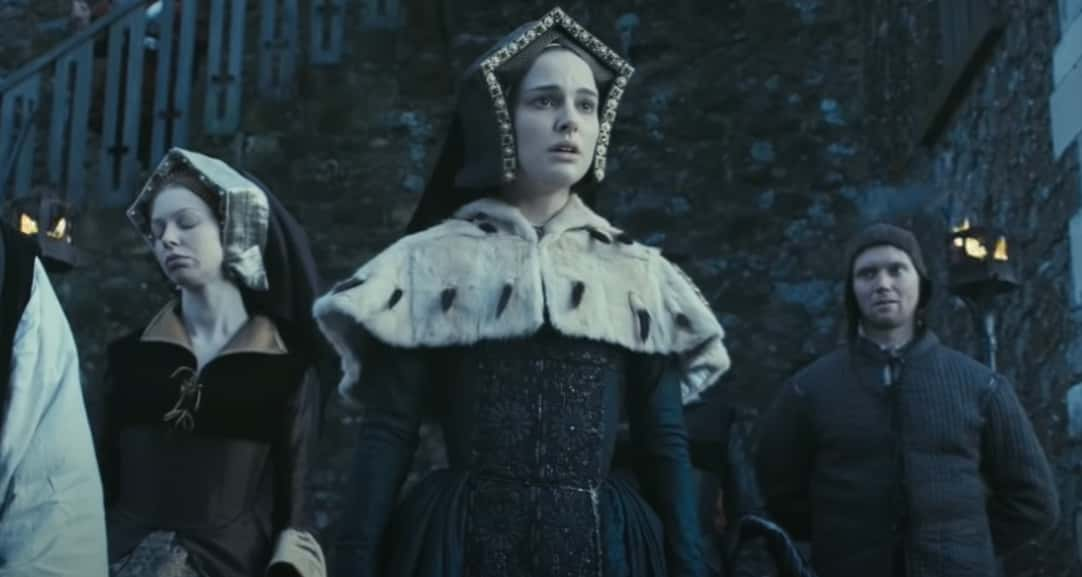 Focus Features,The Other Boleyn Girl (2008)
Focus Features,The Other Boleyn Girl (2008)
30. One Small Gesture
August Landmesser might just be one of the bravest men you've never heard of.
Picture life in Germany in the summer months of 1936. Fascists have come to power and begun to swiftly implement policies designed to alienate the Jewish people, meanwhile spurring the German population toward fear, anger, and war.
Against that backdrop, August Landmesser made a seemingly small gesture which would reverberate through history: while attending a rally at Nuremberg, Landmesser refused to raise his hand and salute the Fuhrer.
The result is one of the most iconic photos ever taken. And yet the background to Landmesser's defiant gesture is often not understood: the root of his anger against the racist movement in Germany was his love for (and subsequent marriage to) a Jewish woman named Irma Eckler.
Soon after the rally, August lost his family forever. Irma and his children were taken away from him (with Irma eventually being murdered as part of the Holocaust) and August later perished as part of a military operation.
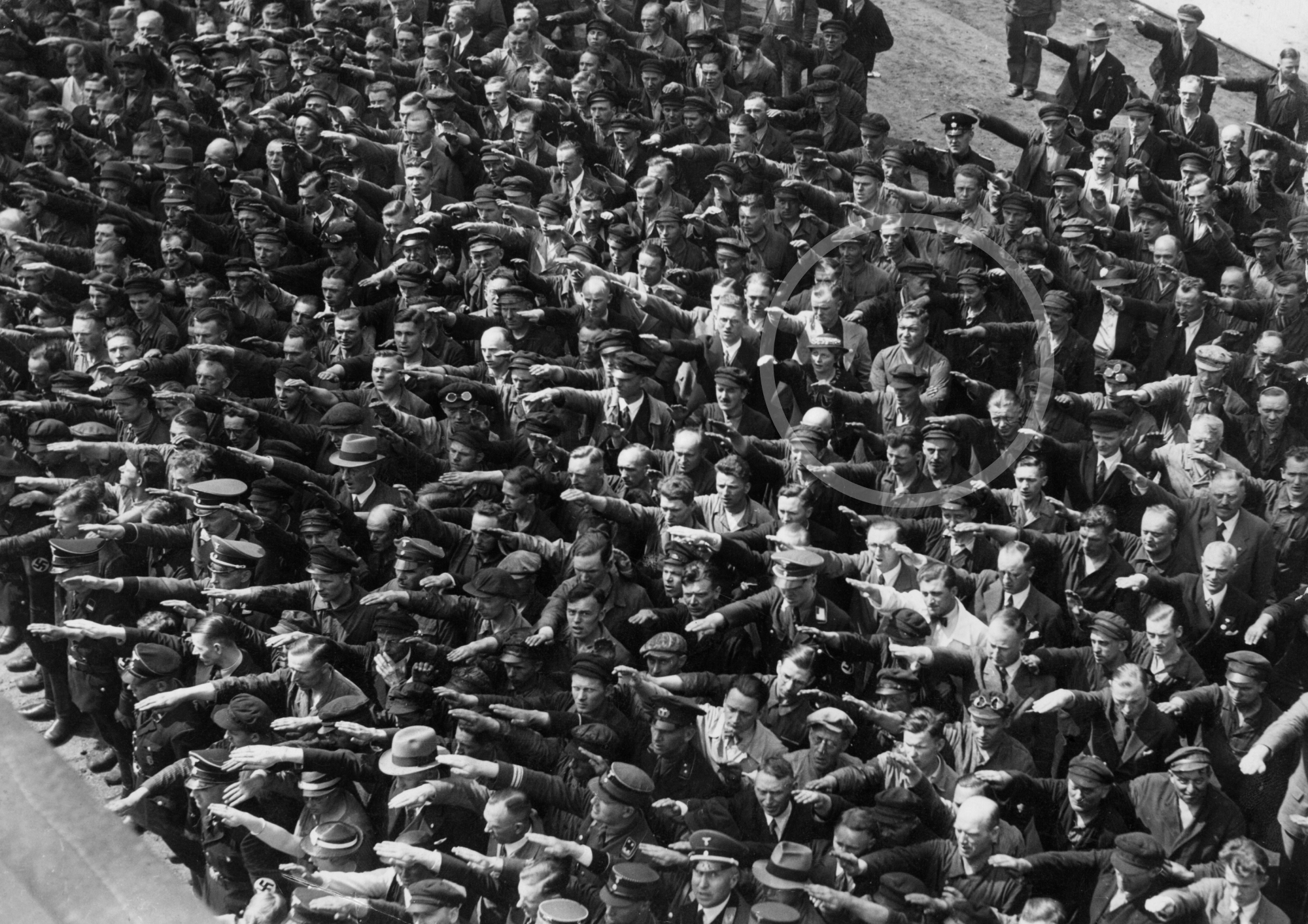 arastiralim.net, Wikimedia Commons
arastiralim.net, Wikimedia Commons
31. Frederick the Great
Frederick the Great is one of the most underrated badasses in history. The guy took on Austria, France, Russia, Poland, Sweden, and a bunch of smaller German and Italian states and won with his tiny kingdom-Prussia. He turned a small obscure German state into the nation that would end up uniting Germany and guide it on its path to evoking the most powerful country on Earth until WWI.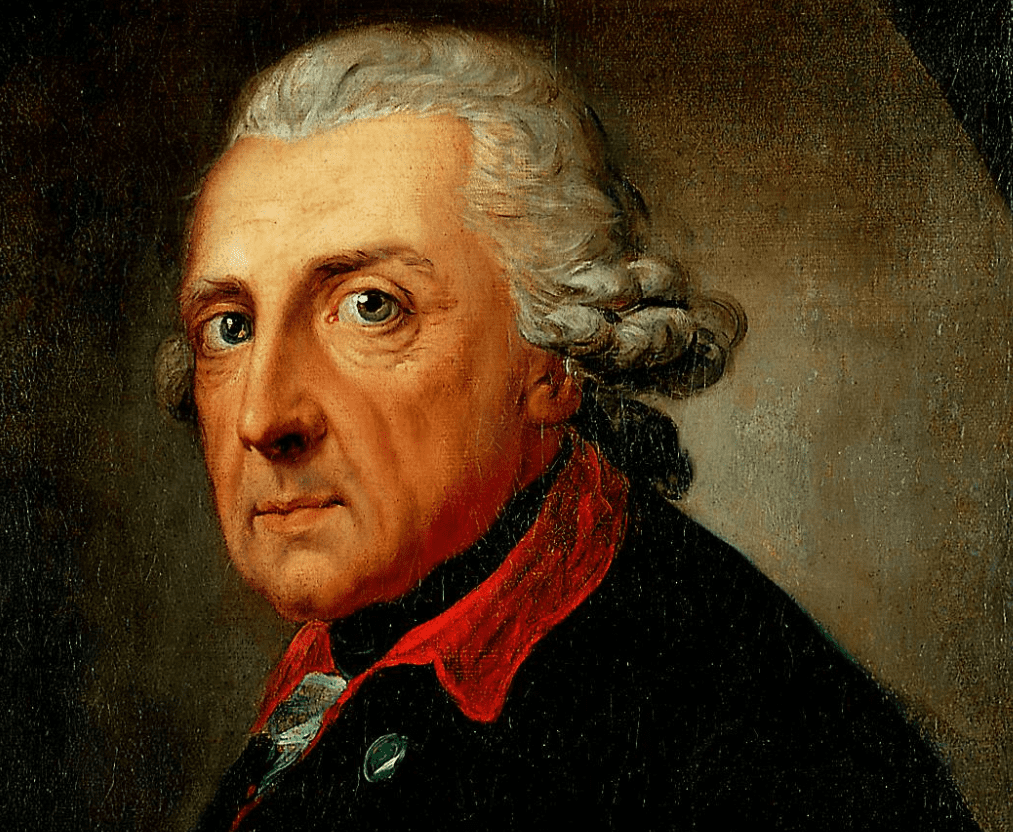 Anton Graff, Wikimedia Commons
Anton Graff, Wikimedia Commons
32. Boudica
Boudica was Queen of the Iceni tribe of Ancient Celts, until the Roman army swept through the region ignoring her rule. When she resisted the Romans invasion, they beat her up and raped her two daughters. She then led her ragtag army of Celtic tribes against the invading and highly organized Roman army. Boudica didn’t mess around. She burnt Londonium (modern day London) to the ground and wiped out a decent portion of Roman forces. Bleiberg Entertainment, Boudica (2023)
Bleiberg Entertainment, Boudica (2023)
33. Albert “Hard” Jacka
“On the morning of 7 August 1916, after a night of heavy shelling, the Germans began to overrun a portion of the line which included Jacka’s dug-out. Jacka had just completed a reconnaissance, and had gone to his dug-out when two Germans appeared at its entrance and rolled a bomb down the doorway, killing two of his men. Emerging from the dug-out, Jacka came upon a large number of Germans rounding up some forty Australians as prisoners. Only seven men from his platoon had recovered from the blast; rallying these few, he charged at the enemy. Heavy hand-to-hand fighting ensued, as the Australian prisoners turned on their captors. Every member of the platoon was wounded, including Jacka who was wounded seven times; including a bullet that passed through his body under his right shoulder, and two head wounds. Fifty Germans were captured and the line was retaken; Jacka was personally credited with killing between twelve and twenty Germans during the engagement.”
That was the second time he had done something like that. The first time he was awarded the Victoria Cross, the highest decoration for gallantry "in the face of the enemy" that can be awarded to members of the British and Commonwealth armed forces, for single handedly retaking a trench held by turkish soldiers.
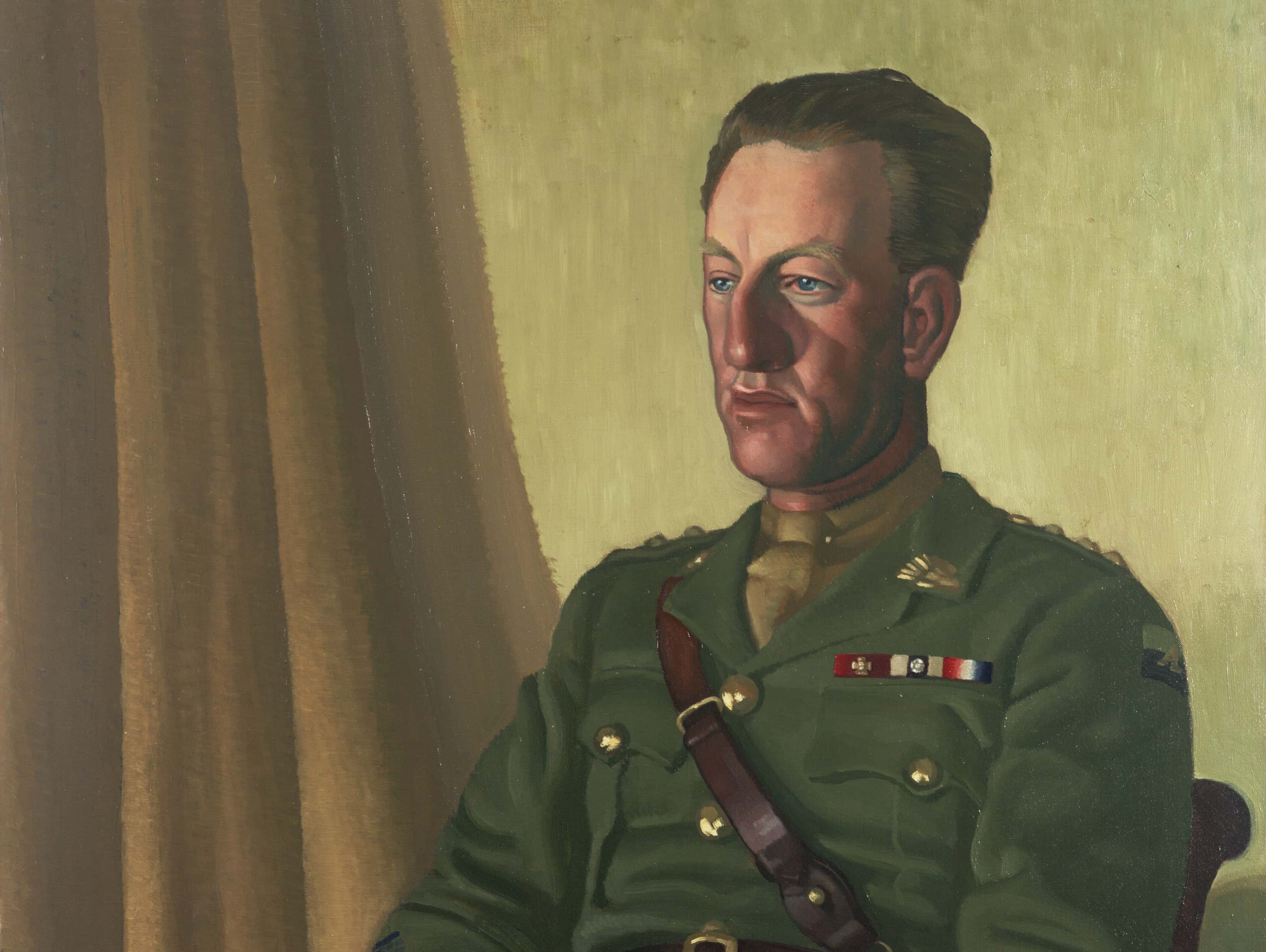 Colin Unwin Gill, Wikimedia Commons
Colin Unwin Gill, Wikimedia Commons
34. Bruce Lee
“He was a ruthless boxer, dominated street fights, and created his own style of martial arts, “the style of no style.” He could do one-handed two-fingered push-ups, fifty one-handed pull-ups, and play ping-pong with nunchucks. He’s the father of the “one-inch punch” and two human kids. He inspired the Tekken character Marshall Law, and his feature-length films made him a cultural icon.”
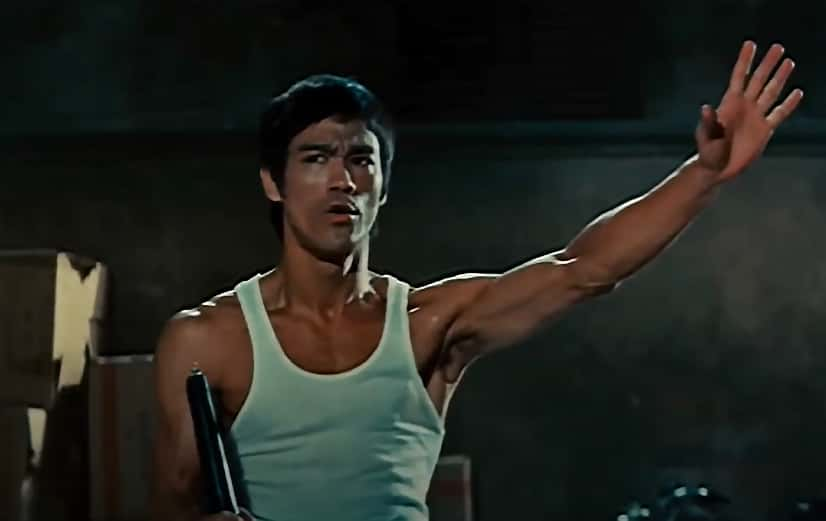 Golden Harvest Films, The Way of the Dragon (1972)
Golden Harvest Films, The Way of the Dragon (1972)
35. Michael Malloy
Michael Malloy was a homeless alcoholic man who may well have been the toughest man to ever live.
Five men took out life insurance policies on him and tried to get him to drink himself to death by giving him unlimited credit at a bar that one of them owned (so that they could collect the money from the insurance company). This wasn’t working fast enough, so they started putting anti-freeze in his drink, then turpentine, then horse tranquilizer, and finally rat poison. None of them killed Malloy.
The men then tried feeding him raw oysters with wood alcohol and poisoned, spoiled sardine sandwiches filled with carpet tacks. Again, none of this worked, so they waited for him to pass out drunk one night, then dragged his body out into the -26 °C night and left him there to sleep pouring 19 litres of water on him for good measure. The next day, Malloy came into the bar and ordered another drink.
The group then ran him over with a car at 70km/h. Didn't work. Eventually, they succeeded by putting a gas pipe down his throat (after he passed out drunk of course) and pumping gas into him for an hour. The group were later convicted of murder (due, in no small part, to the fame of Malloy’s durability), with four of them receiving the death penalty.
 Ossie Le Viness, Wikimedia Commons
Ossie Le Viness, Wikimedia Commons
36. Daniel Inouye
Daniel Inouye was one of the longest serving Senators in US History (representing Hawaii since it gained statehood in 1959). For years he was third-in-line to the US Presidency, making him the highest-ranking Asian-American politician in US history. He was also a WWII vet, with this remarkable story to tell:
On April 21, 1945, Inouye was wounded while leading an assault on a heavily-defended ridge near San Terenzo in Italy. The ridge was part of the last and most unyielding line of German defensive lines in Italy.
As Inouye led his platoon in a flanking maneuver, three German machine guns opened fire from covered positions just 40 yards away, pinning his men to the ground. Inouye stood up to attack and was shot in the stomach; ignoring his wound, he proceeded to attack and destroy the first machine gun nest with hand grenades and fire from his Thompson submachine gun. After being informed of the severity of his wound by his platoon sergeant, he refused treatment and rallied his men for an attack on the second machine gun position, which he also successfully destroyed... before collapsing from blood loss.
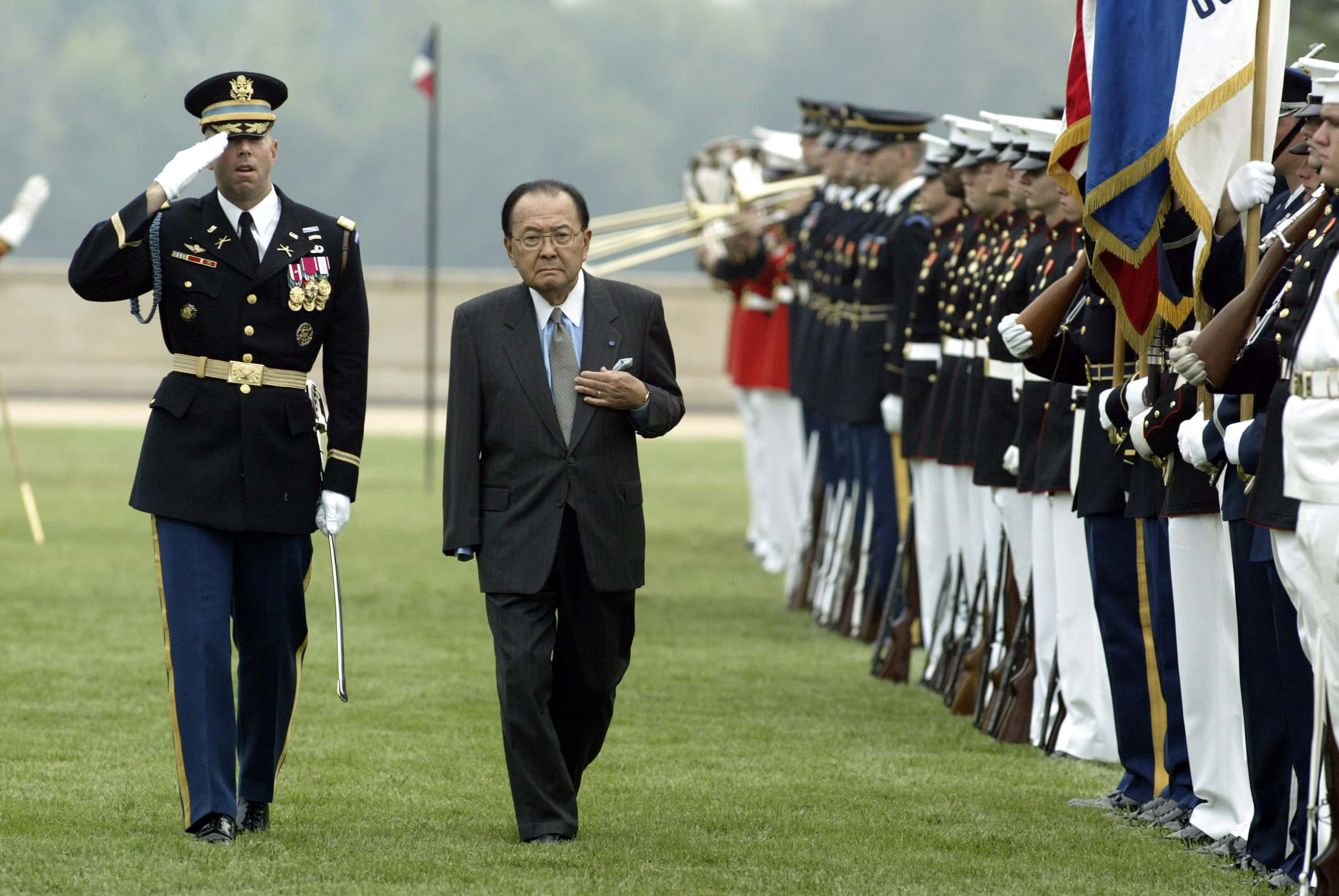 Matthew Cavanaugh, Getty Images
Matthew Cavanaugh, Getty Images
37. Onward
That wasn't it for Inouye.
As his squad distracted the third machine gunner, Inouye crawled toward the final bunker. As he raised himself up and cocked his arm to throw his last grenade into the fighting position, a German inside the bunker fired a rifle grenade that struck him on the right elbow, severing most of his arm and leaving his own primed grenade reflexively “clenched in a fist that suddenly didn’t belong to me anymore.”
Inouye’s horrified soldiers moved to his aid, but he shouted for them to keep back out of fear his severed fist would drop the grenade. While the German inside the bunker reloaded his rifle, Inouye pried the live grenade from his useless right hand and transferred it to his left. He then tossed the grenade into the bunker and destroyed it. He stumbled to his feet and continued forward, before being wounded in the leg and tumbling unconscious to the bottom of the ridge. When he awoke to see the concerned men of his platoon hovering over him, his only comment before being carried away was to gruffly order them to return to their positions, since, as he pointed out, “nobody called off the war!”.
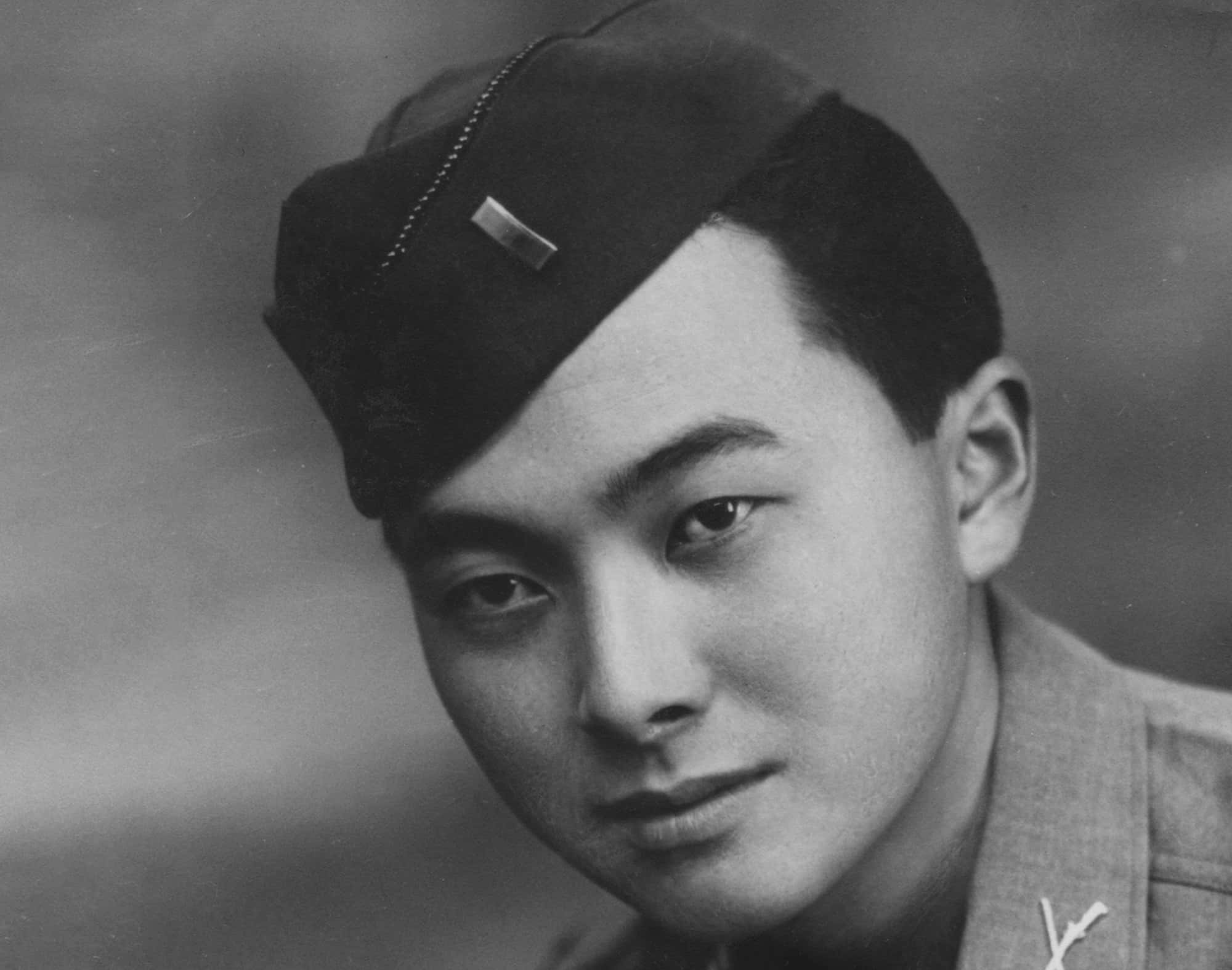 Unknown Author, Wikimedia Commons
Unknown Author, Wikimedia Commons
38. Stanley “Swede” Vejtasa
Stanley “Swede” Vejtasa was an American pilot during WWII.
At the Battle of the Coral Sea, he shot down two Japanese planes in an SBD Dauntless – a dive bomber – and rammed a third. Upon learning of this, the Navy transferred him to a fighter wing flying F4F Wildcats. Later, at the Battle of Santa Cruz, he became an “ace in a day”, shooting down seven Japanese planes in a single sortie.
At least one of those kills was accomplished after running out of ammunition; he charged an enemy plane (which was also out of ammunition) head-on at low altitude and forced it to crash.
39. Audie Murphy
Audie Murphy, aka real-life Captain America. He was 16 in 1942, weighing 110 pounds and standing 5’5″. He applied to both the Marines and Air Force, but was turned down by both, and eventually managed to get into the Army, where he passed out halfway through training but insisted on going to fight.
He contracted malaria in Italy but was still sent into France in 1944, where he found a German machine gun crew who pretended to surrender, then shot his best friend. Murphy lost his cool and killed everyone in the gun nest.
40. The Legend Goes On...
6 months later, Audie Murphy's company (down to 19 men out of the original 128) was tasked with defending a critical region in France. The Nazis showed up with a ton of guys, so Murphy and his men sent out their M-10 armored vehicles, which didn’t do much. They were about to be overrun when the skinny short kid with malaria ran to one of the burning M-10’s, grabbed the machine gun, and started mowing down every enemy he could see. He kept going for an hour, until he ran out of bullets, then walked back to his men as the tank exploded behind him. For his actions that day, he was awarded the Medal of Honor.
41. Leo Major
For starters, Canadian Leo Major was part of the D-Day invasion. During the invasion, he killed a squad of German soldiers and captured a half-track that was loaded with intelligence information.
Later in the war, he was hit with a phosphorous grenade, blinding him in one eye. He refused discharge, saying that as long as he could see through the scope, he had enough eyes.
During the Battle of the Scheldt, Major single-handedly captured 93 German soldiers and was offered a Distinguished Conduct Medal. He refused, saying that the man awarding it, General Bernard Montgomery, was incompetent. Therefore, argued Leo, any award from him was worthless.
42. No Rest
In the beginning of 1945, he was in a vehicle that struck a landmine. He broke both ankles, 4 ribs, and fractured 3 vertebrae. He still continued, refusing evacuation.
In April of that year, his unit came upon the Dutch city of Zwolle. His commander asked for two volunteers for a reconnaissance mission. Major and his friend Willie volunteered. They were expected to go see how many German soldiers were in the town. Shortly into their mission, Willie was killed, and the plan changed. Major was out for blood. He went down the street guns blazing and throwing grenades while yelling in French to convince the Germans that the Canadians had sent their whole force into the town. He captured nearly one hundred German troops who went fleeing from their cover. Later that night, he came upon the Gestapo HQ and burned it to the ground. He barged into the SS HQ later that same night, killed 4, and ran the other 4 out of town. At 4:30 a. m. He discovered that the city belonged to the Dutch again, and the Germans had been run out. He received a Distinguished Conduct Medal for single-handedly liberating the town of Zwolle.
But he still wasn’t done. In the Korean War, he was asked to lead a strike team of elite snipers to support an American division. He and his twenty men took the hill single-handedly and held it while nearly 20,000 Chinese soldiers attacked their position. He was ordered to retreat. Instead, he held the hill for three days until reinforcements arrived. For this action, he received a bar to his Distinguished Conduct Medal.
 Miguel Tremblay, CC0, Wikimedia Commons
Miguel Tremblay, CC0, Wikimedia Commons
43. Hugh Glass
While the story is probably embellished some, it’s still amazing. While on a fur trapping expedition, he was mauled by a grizzly bear, which he killed with some help, then passed out. Later, he woke up to find his party abandoned him and he had no equipment. So he cleaned his multiple wounds and with the help of natives sewed the bear skin in place to replace his own. He spent the next six weeks making it back to civilization. Along the way, he fought off wolves and even made his own raft to travel down a river. Glass's story has recently been retold in the film The Revenant where Glass is played by Leo DiCaprio.
You can share with your friends by clicking below!

